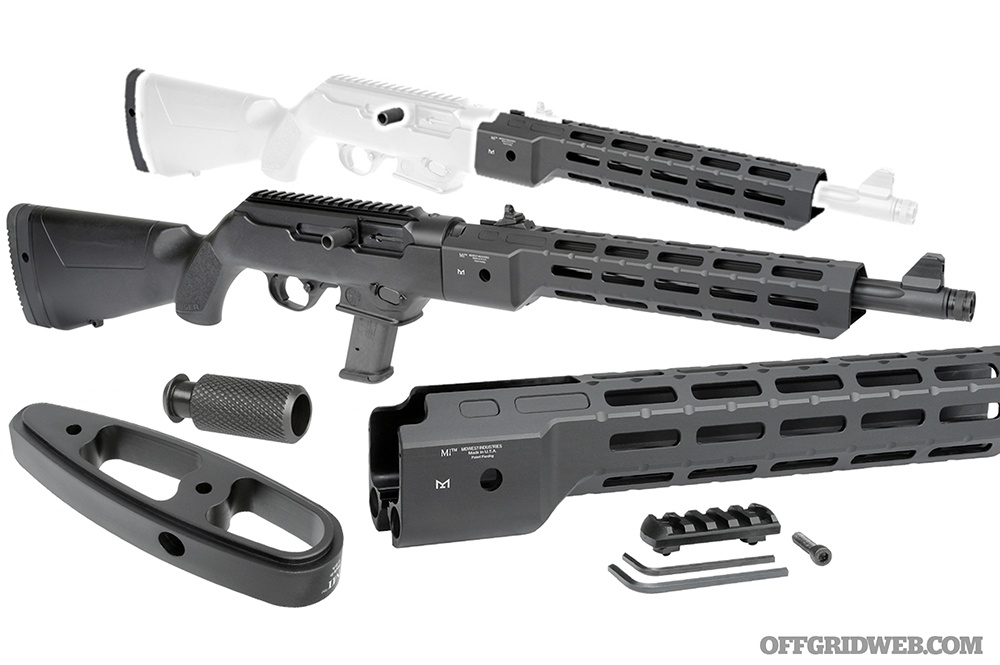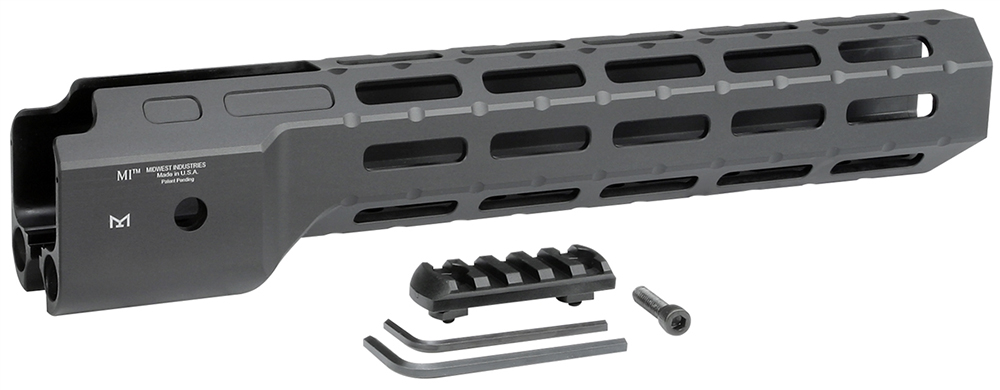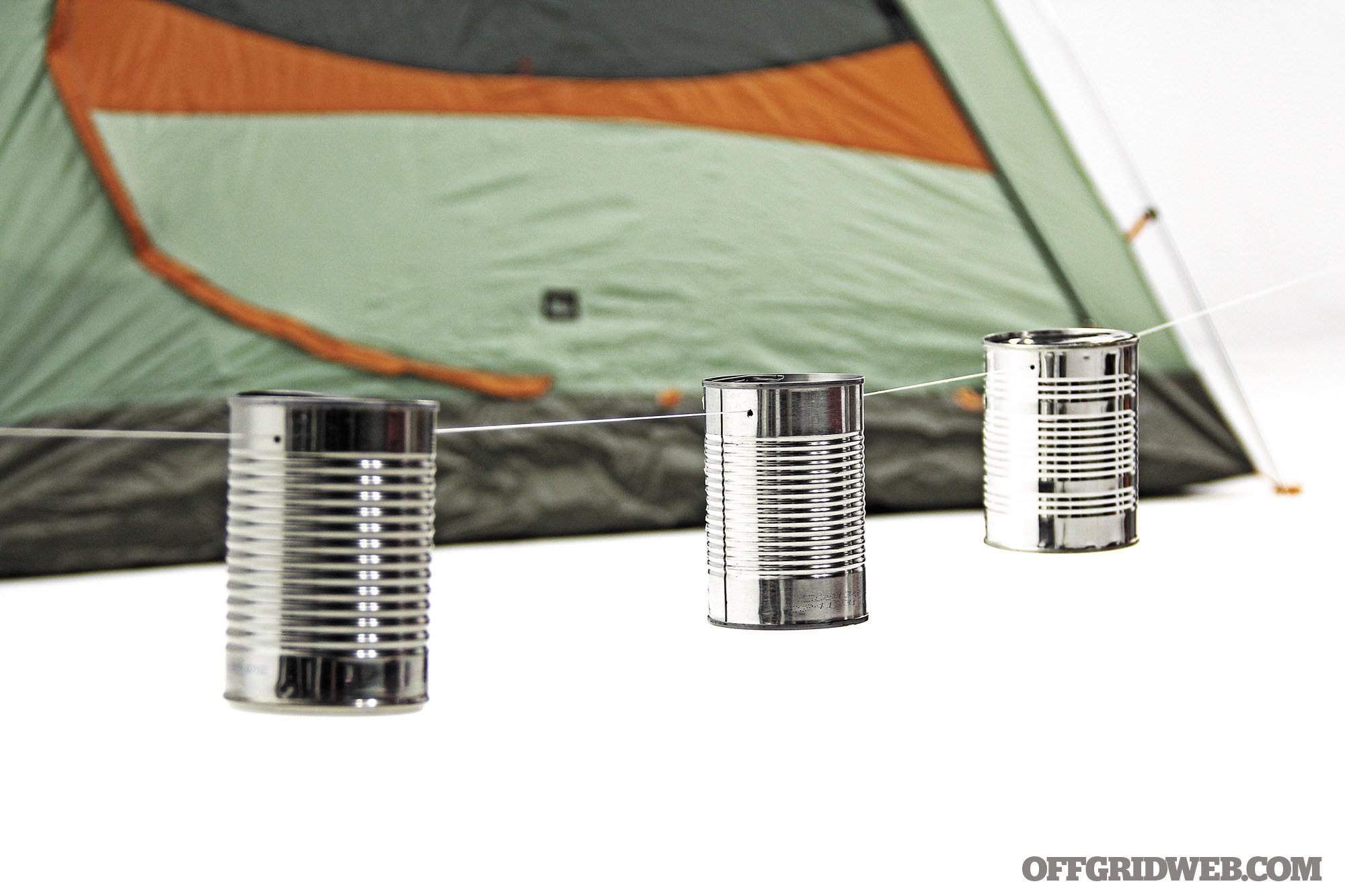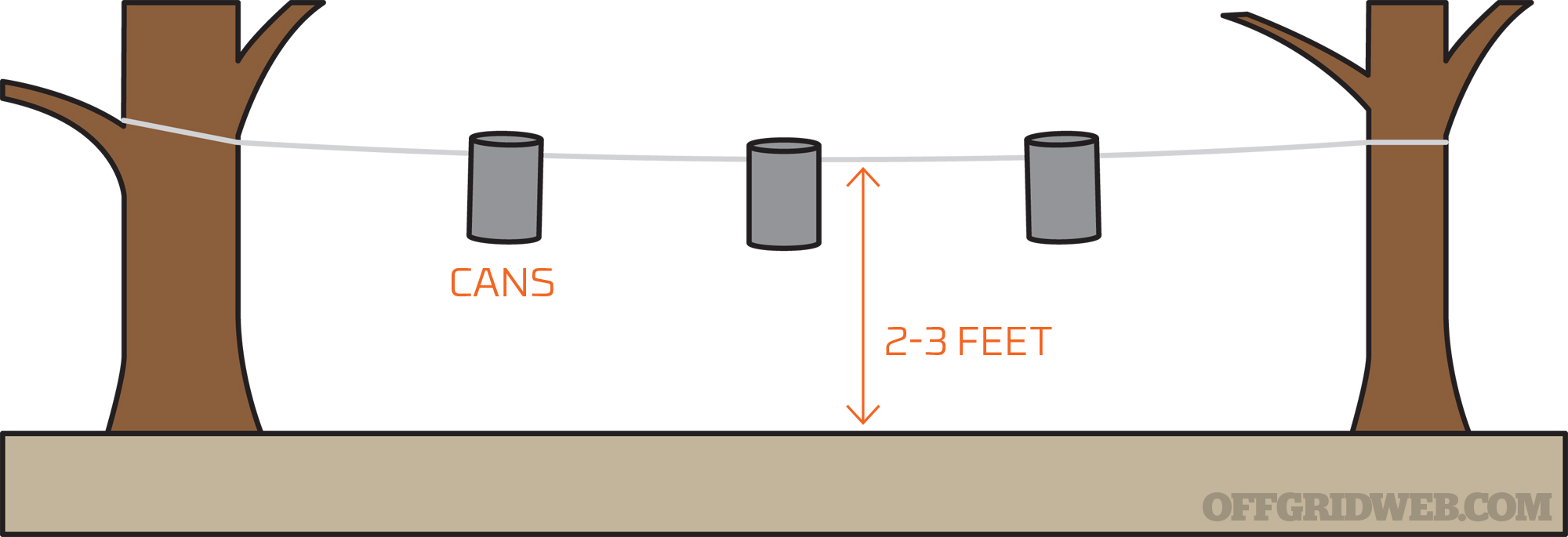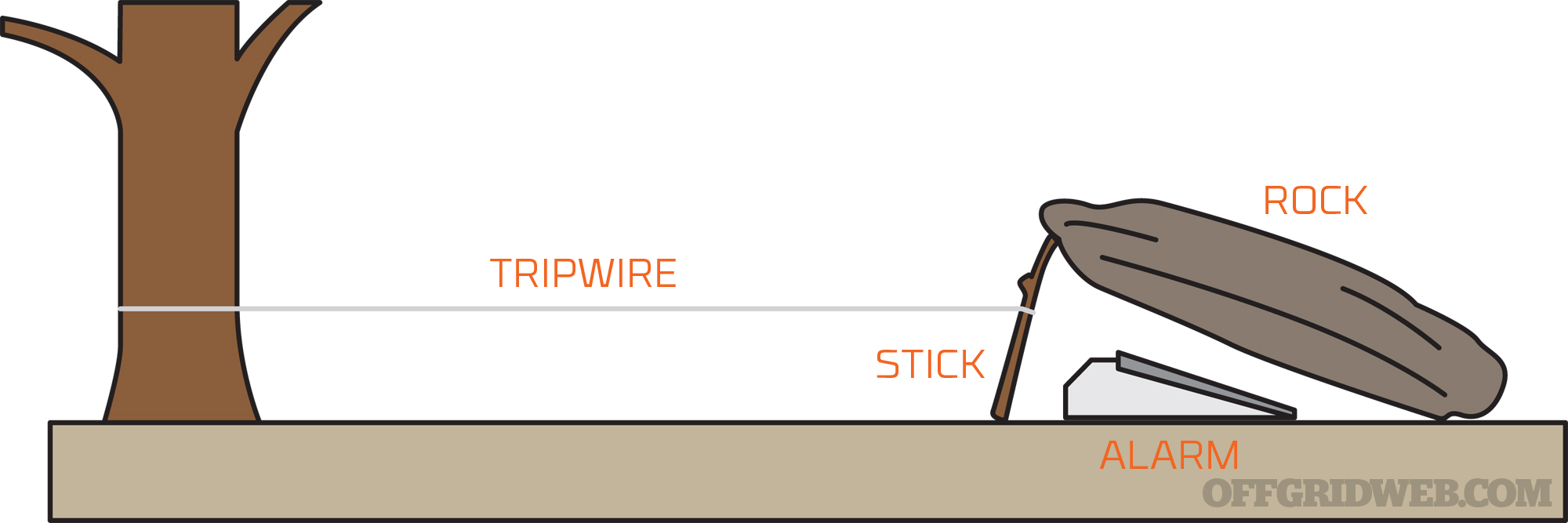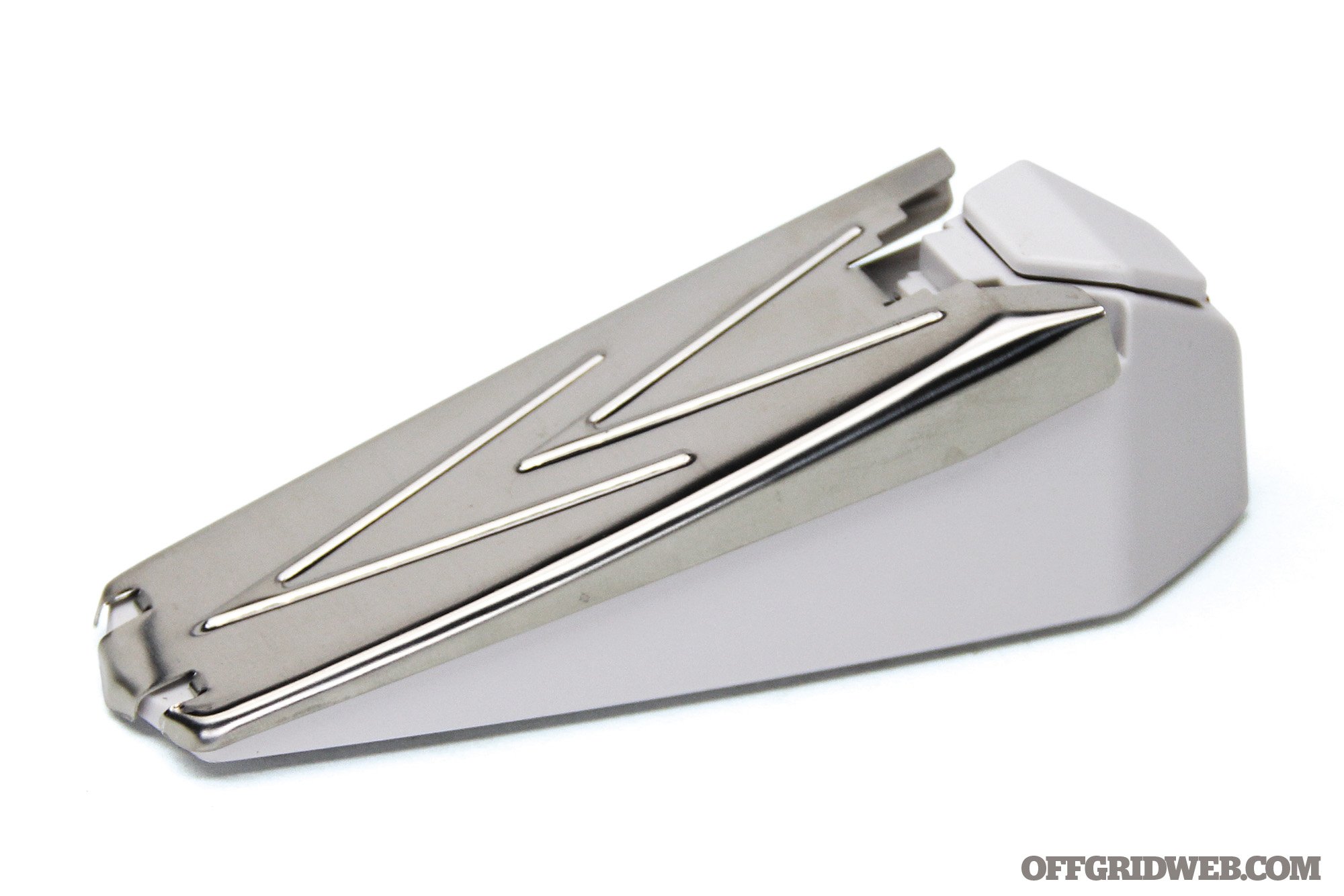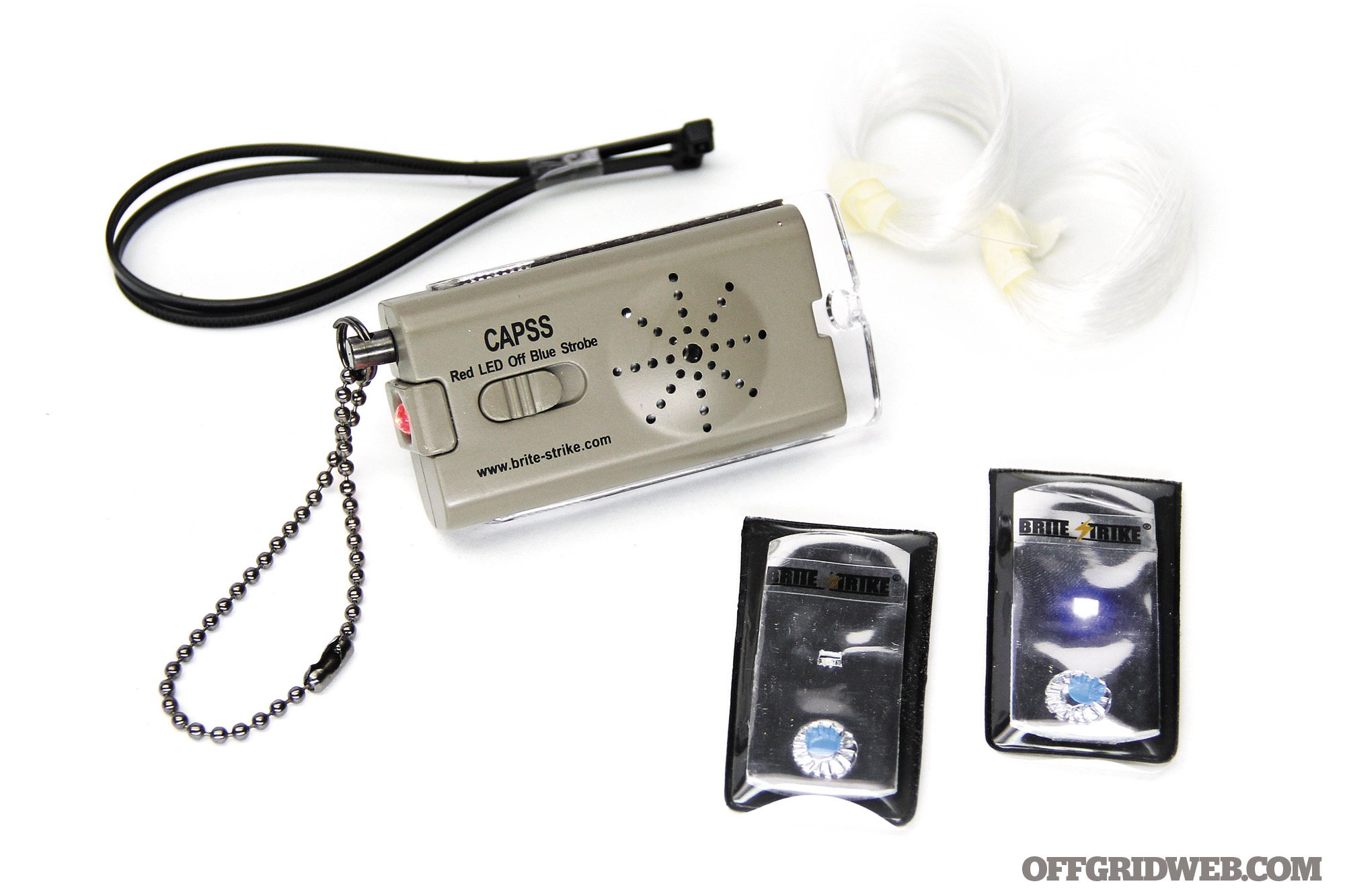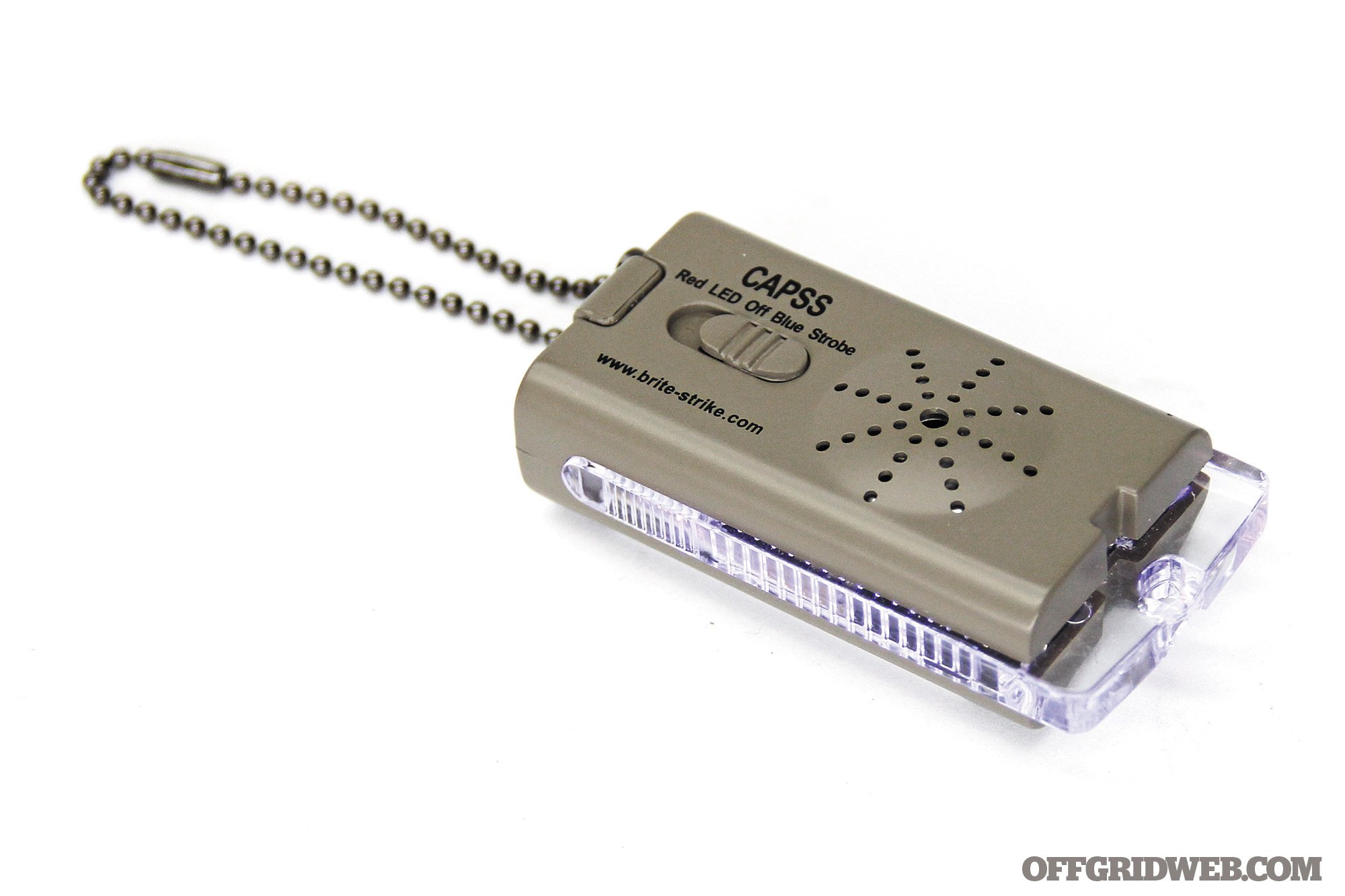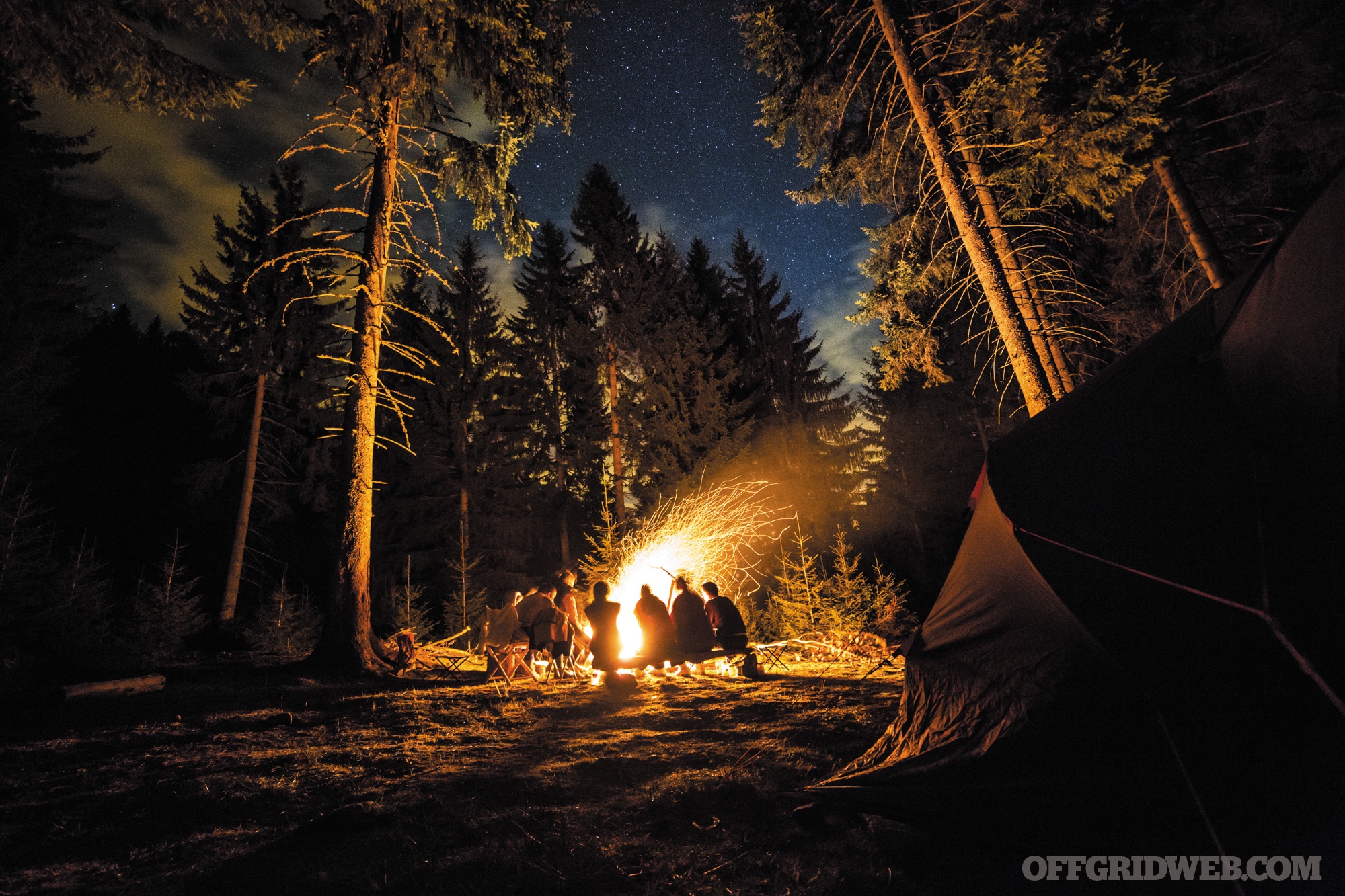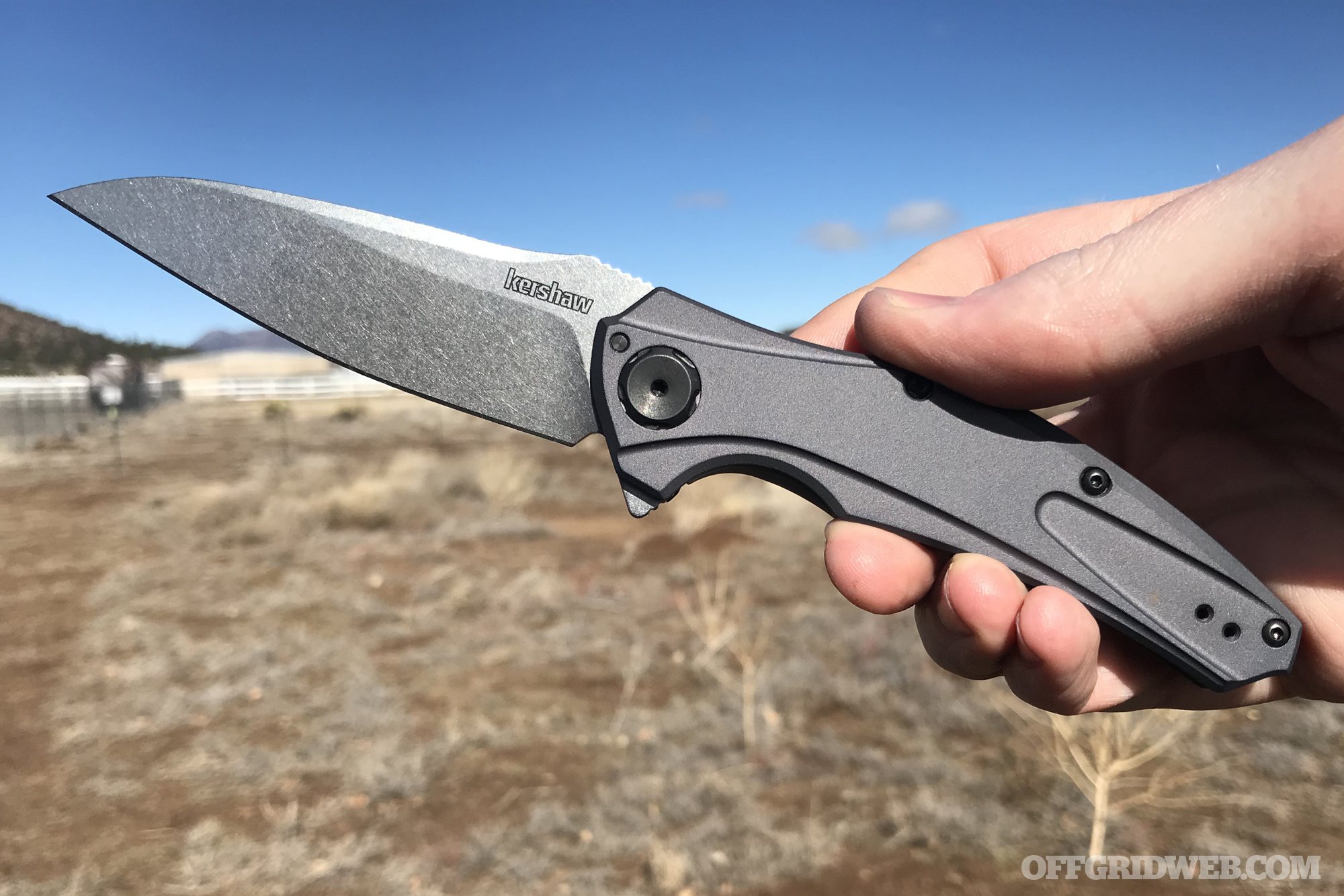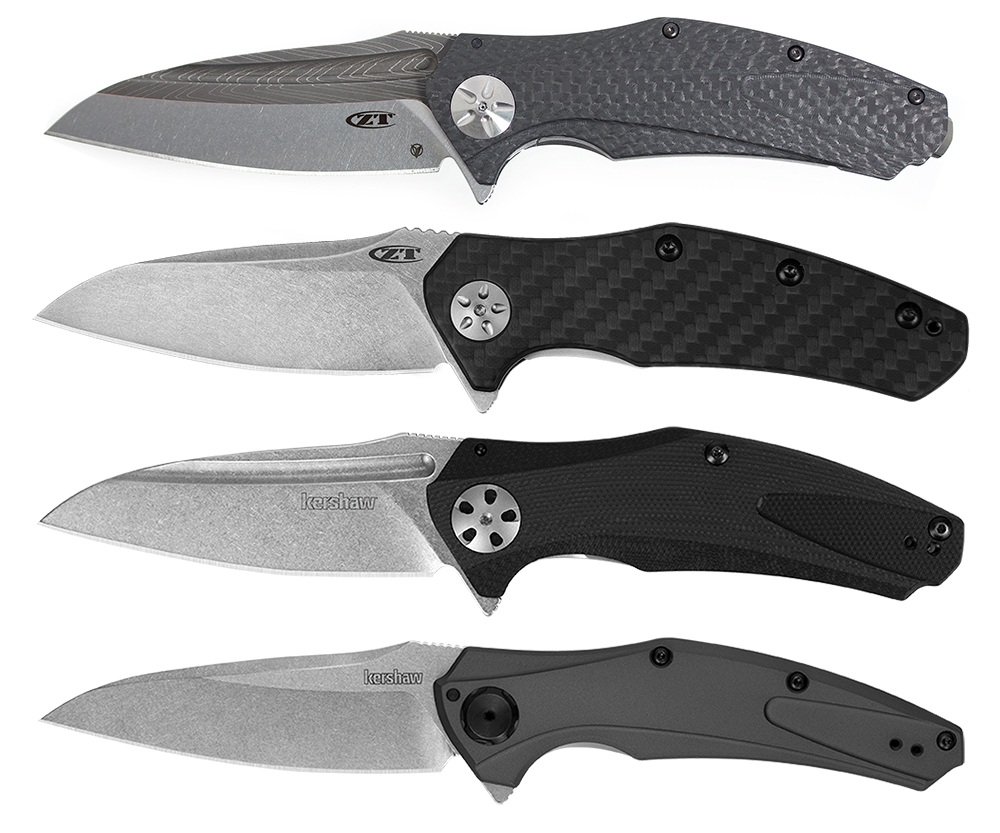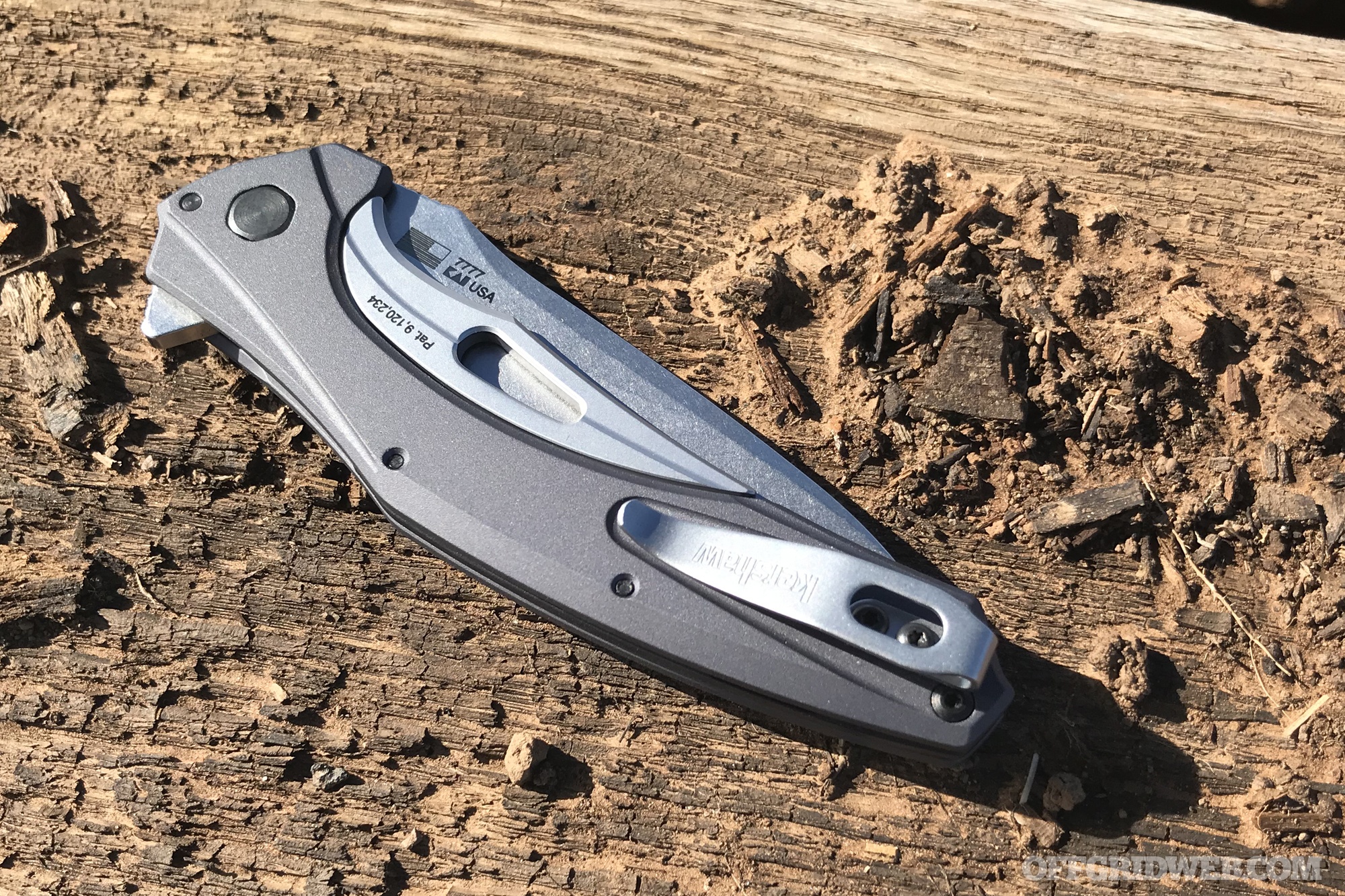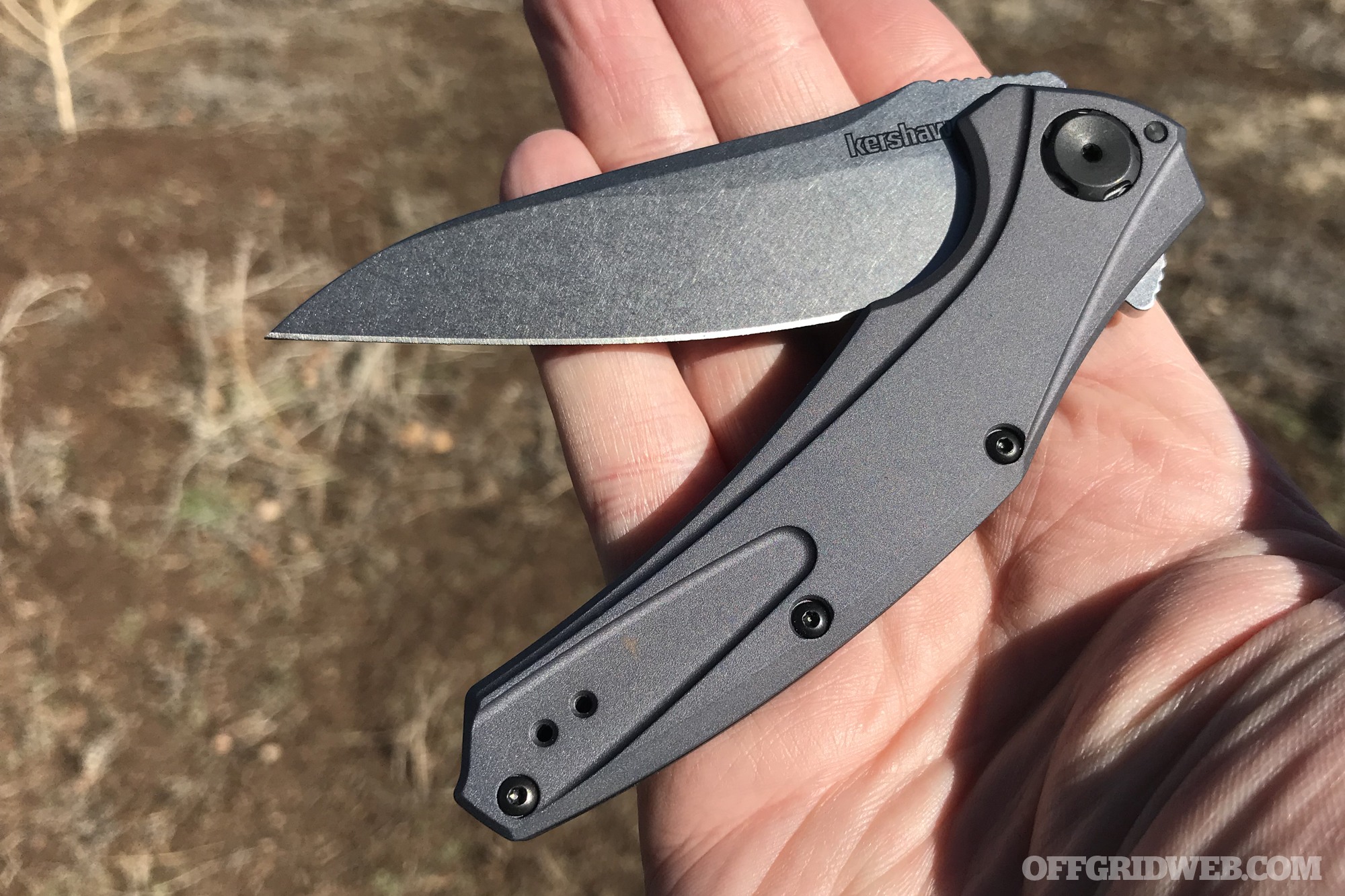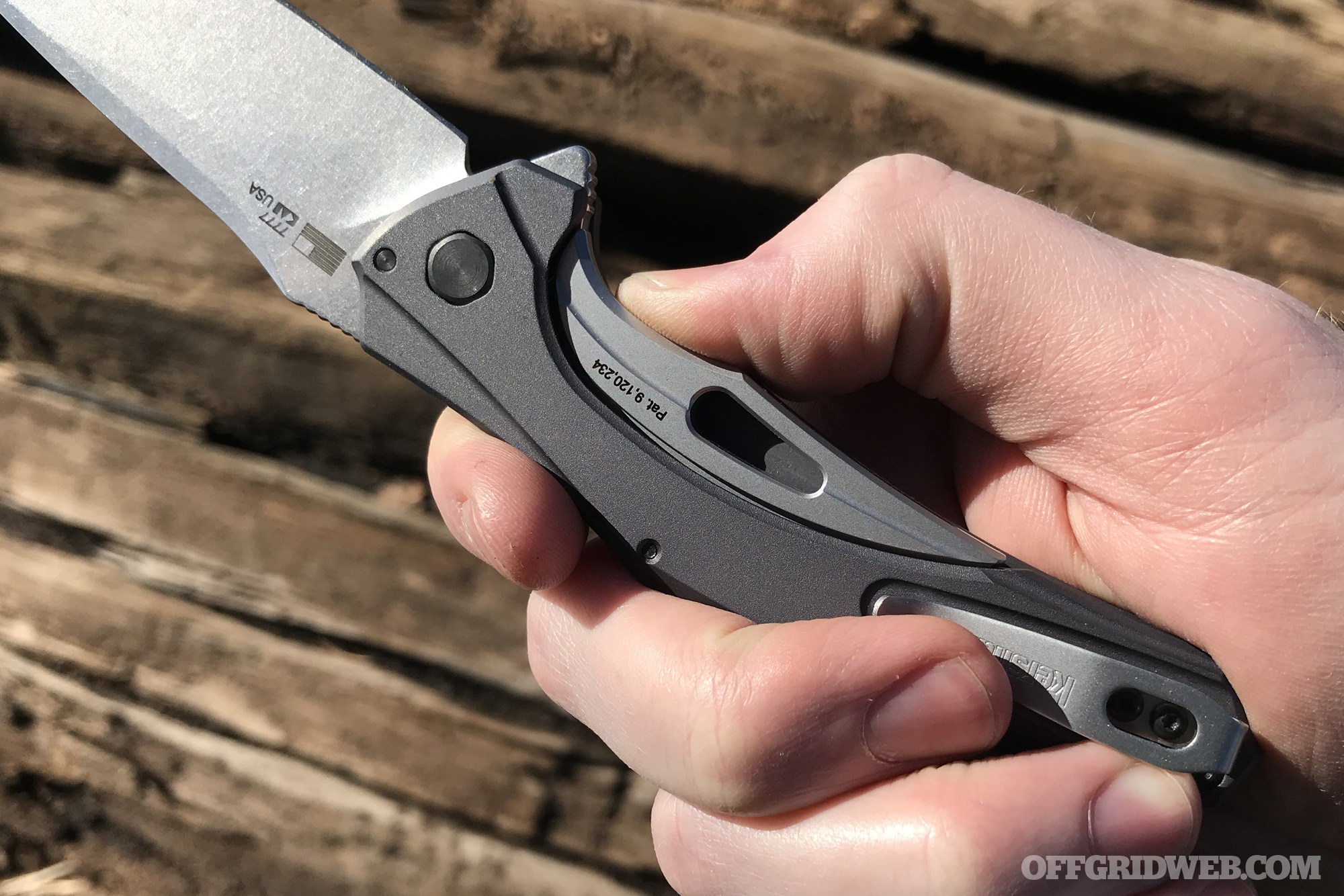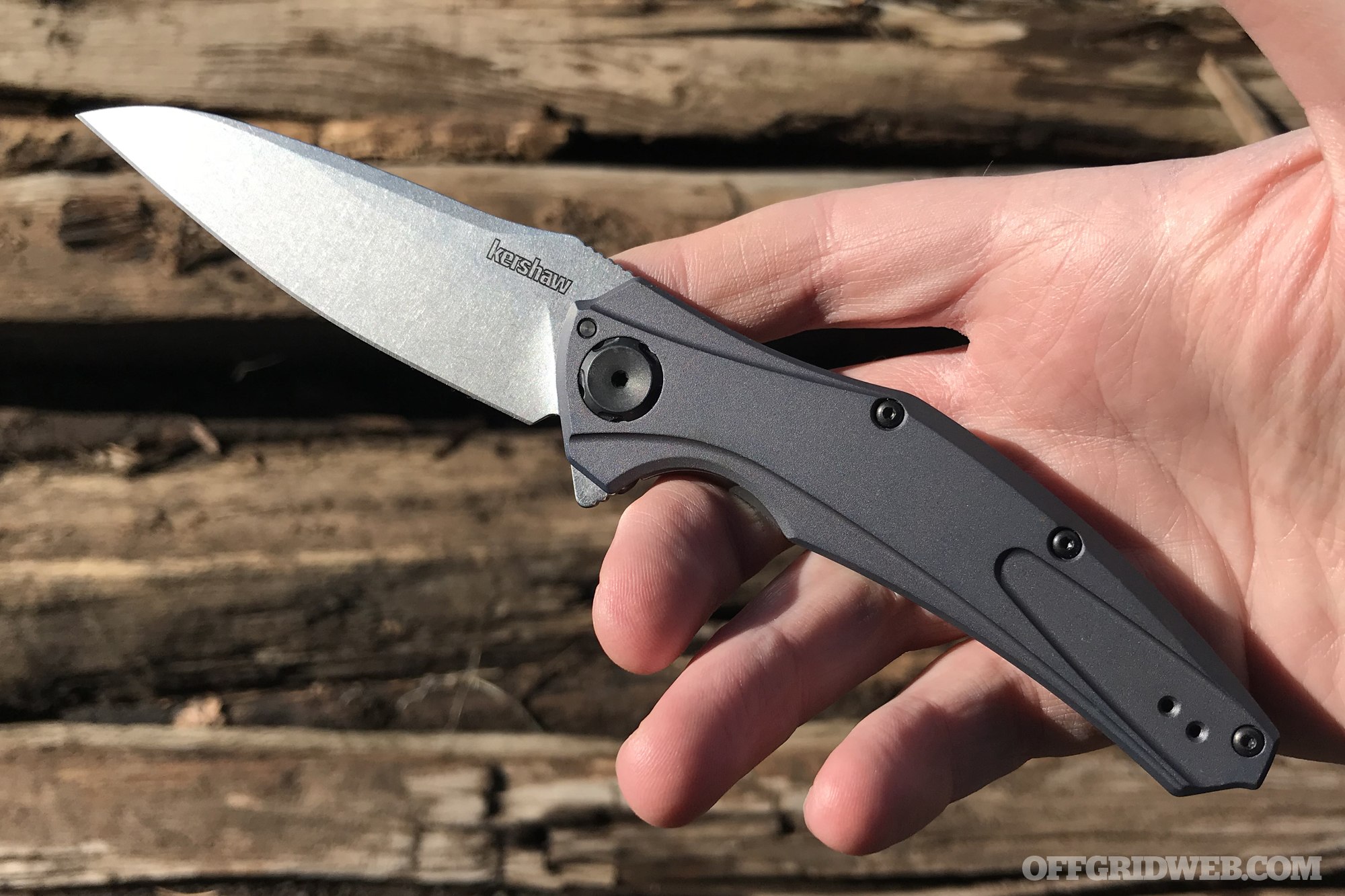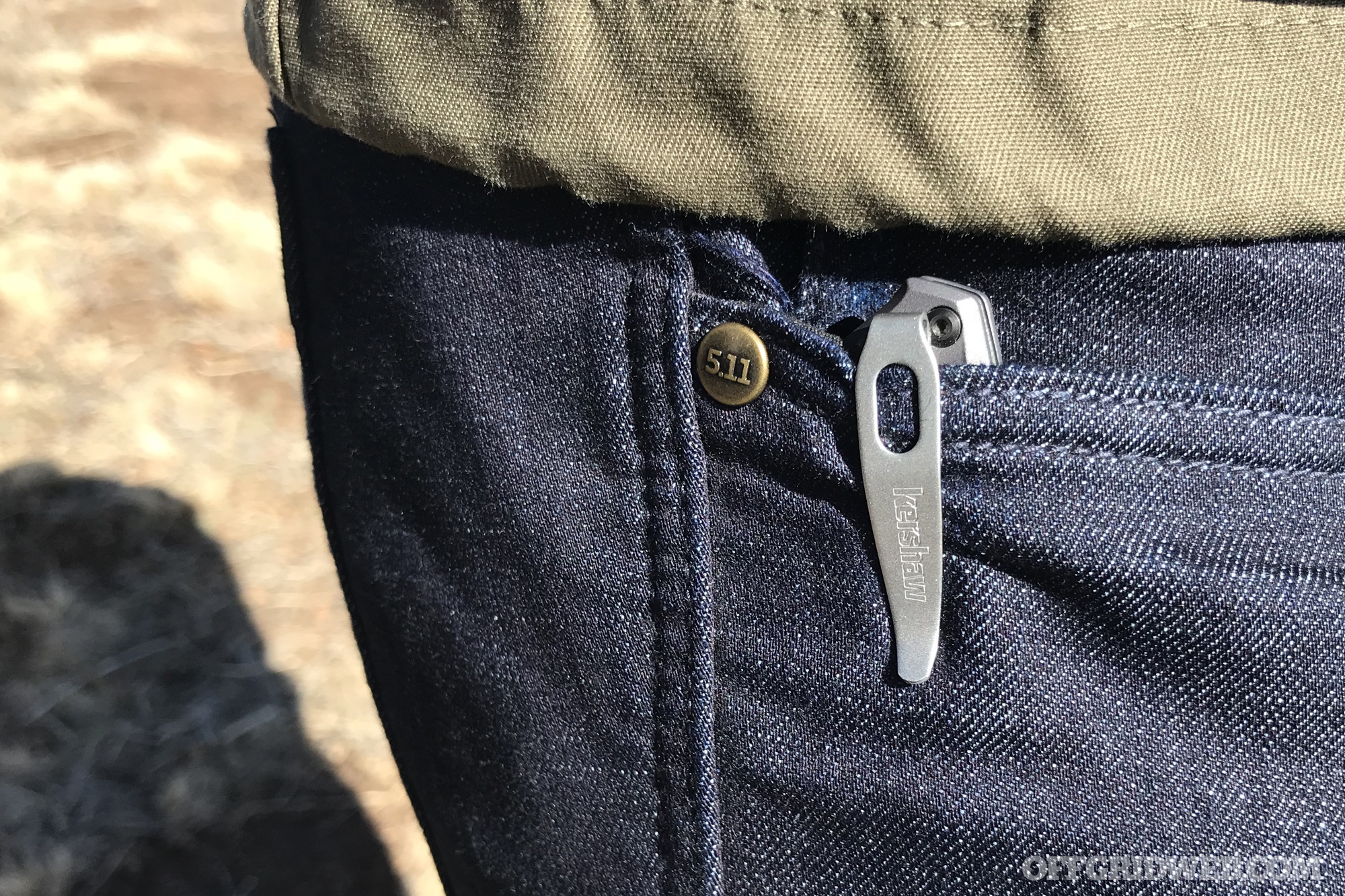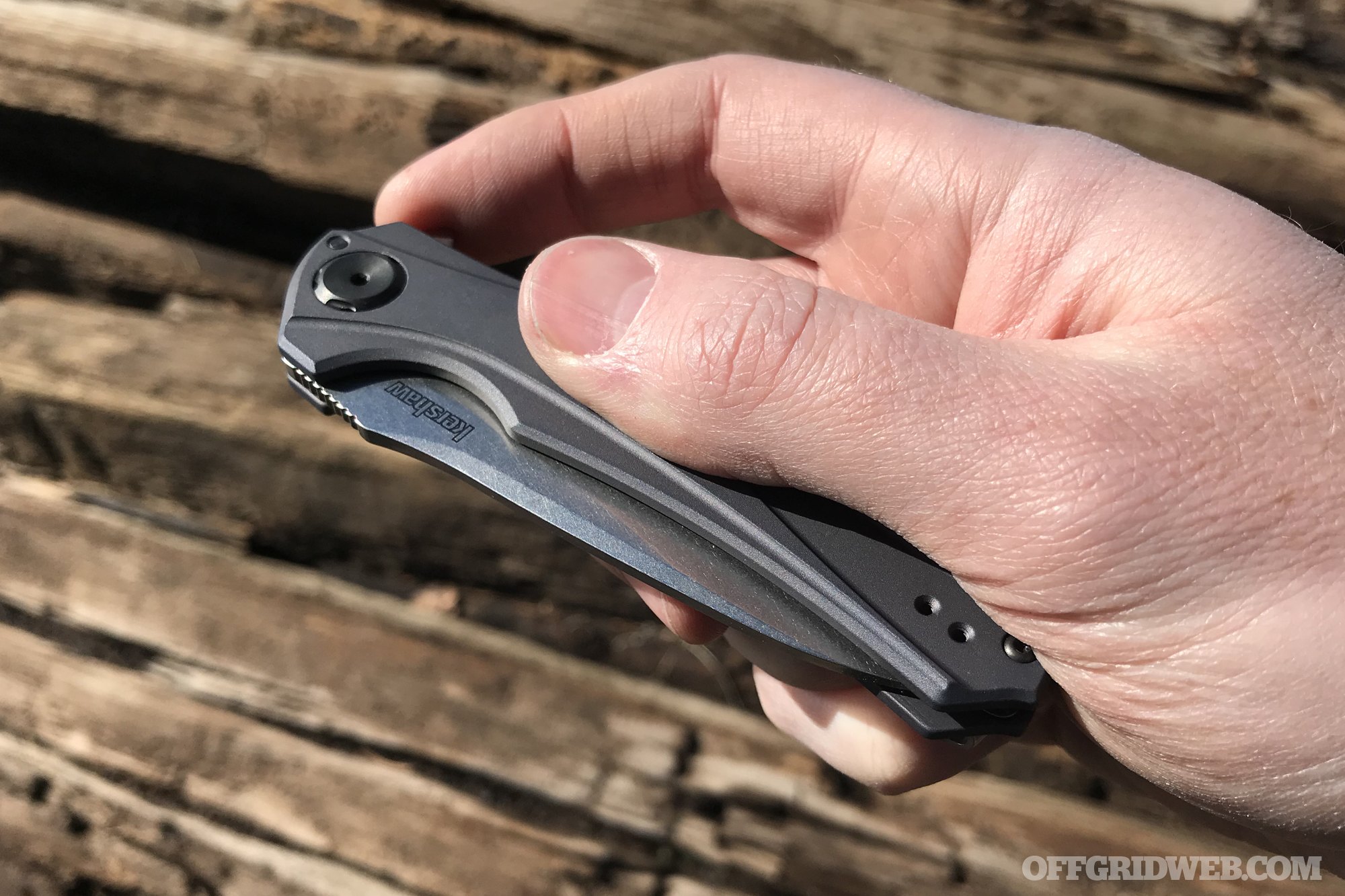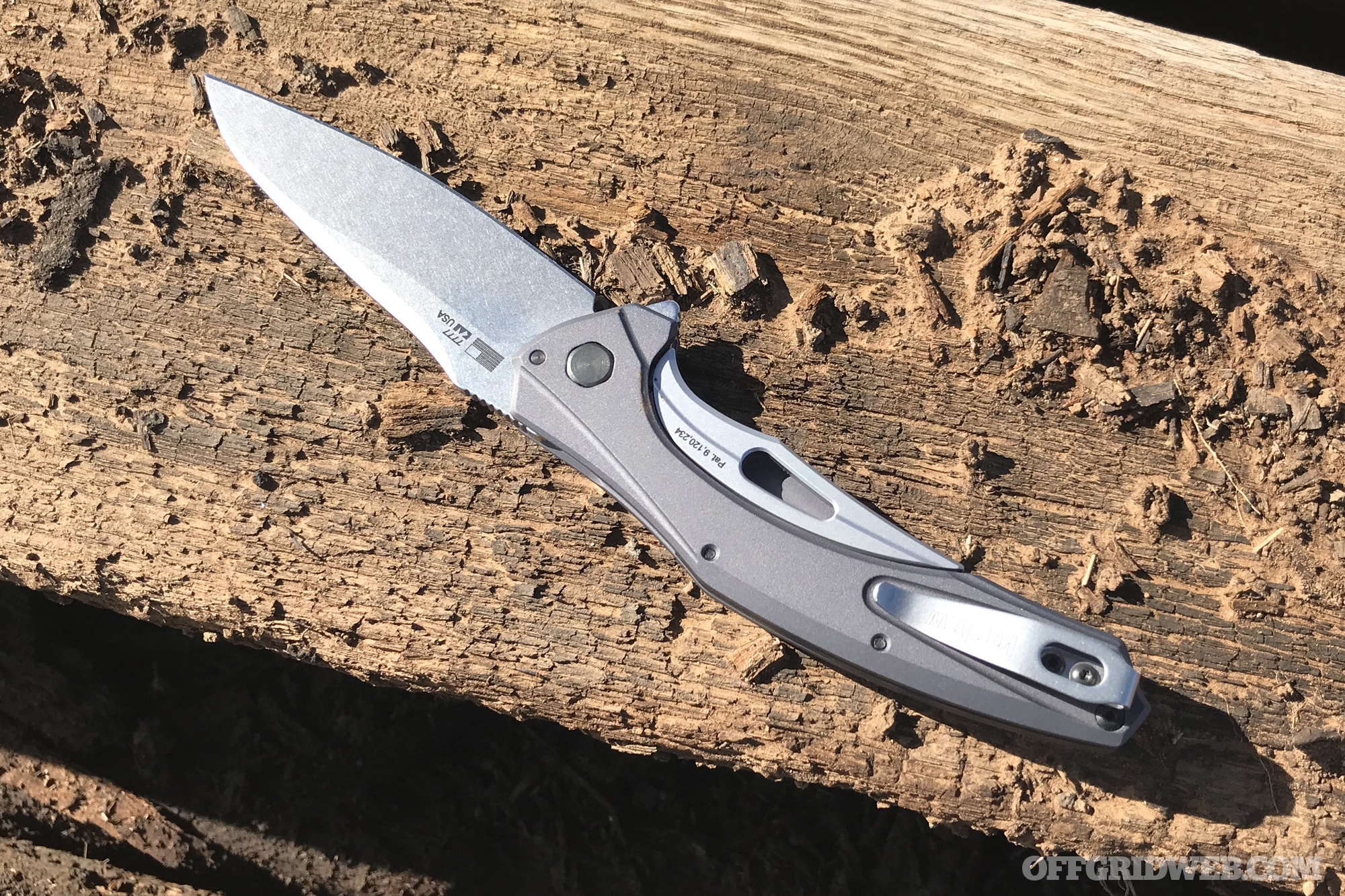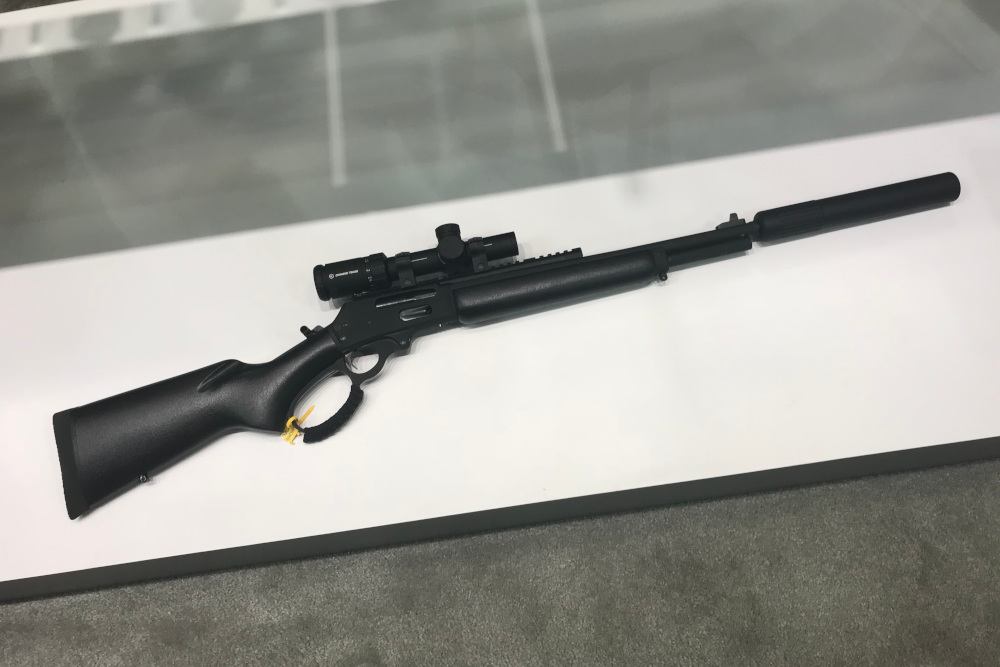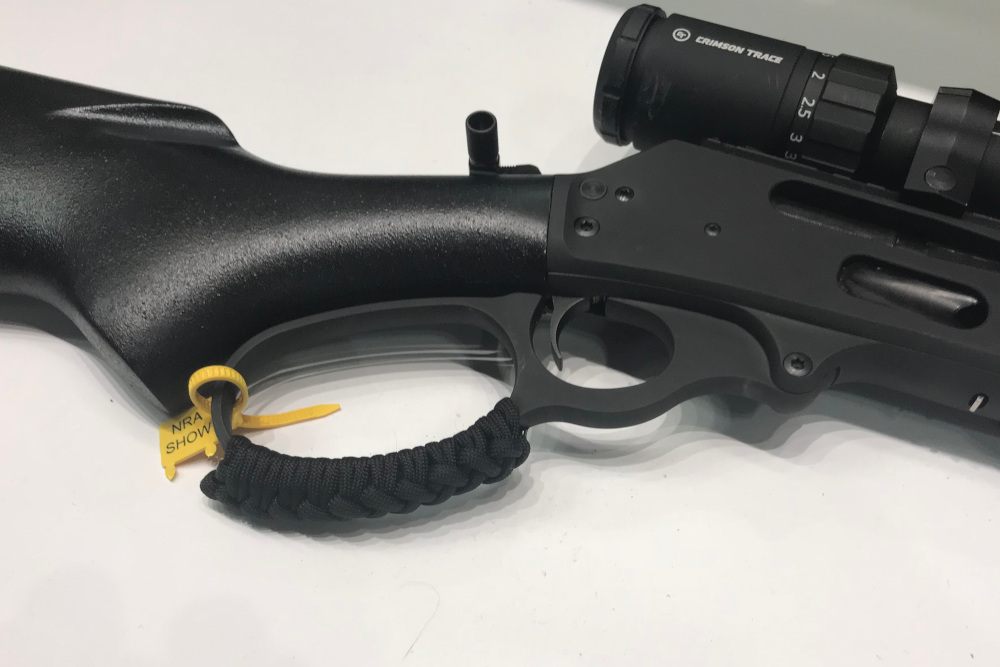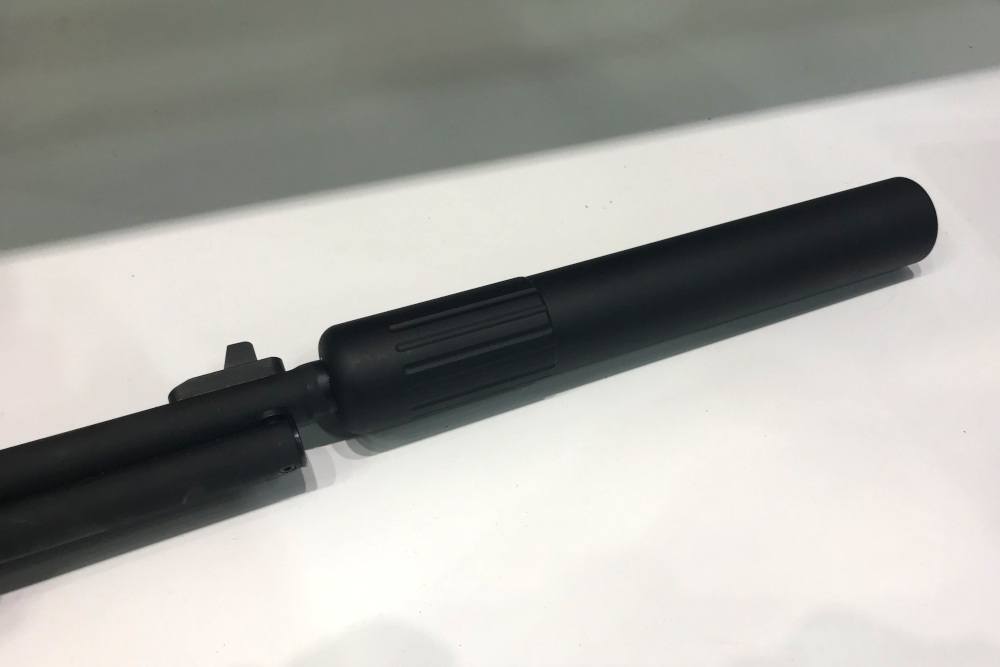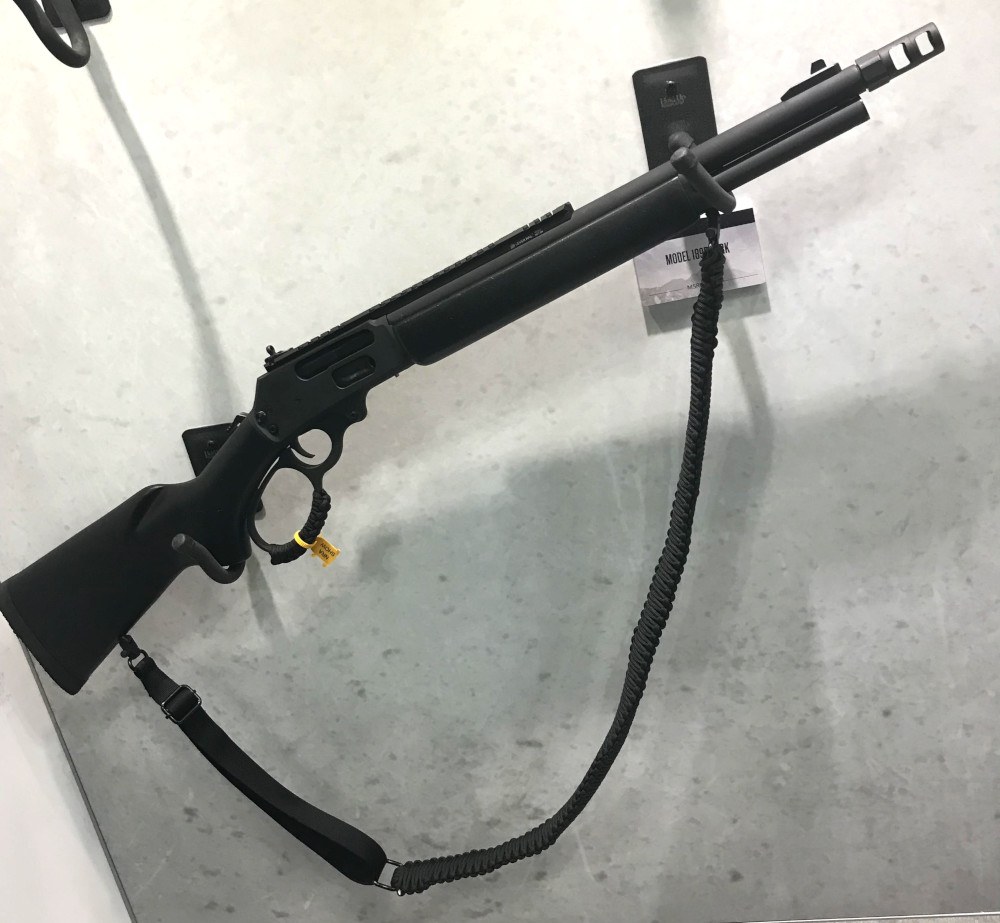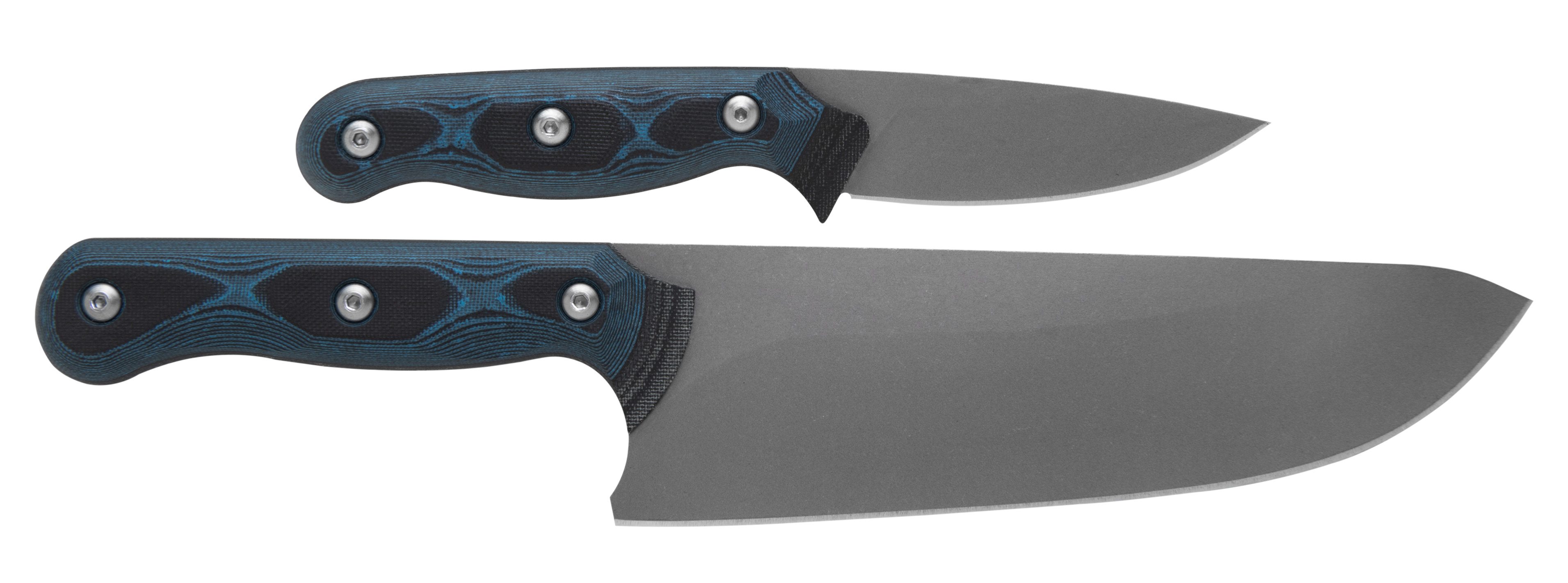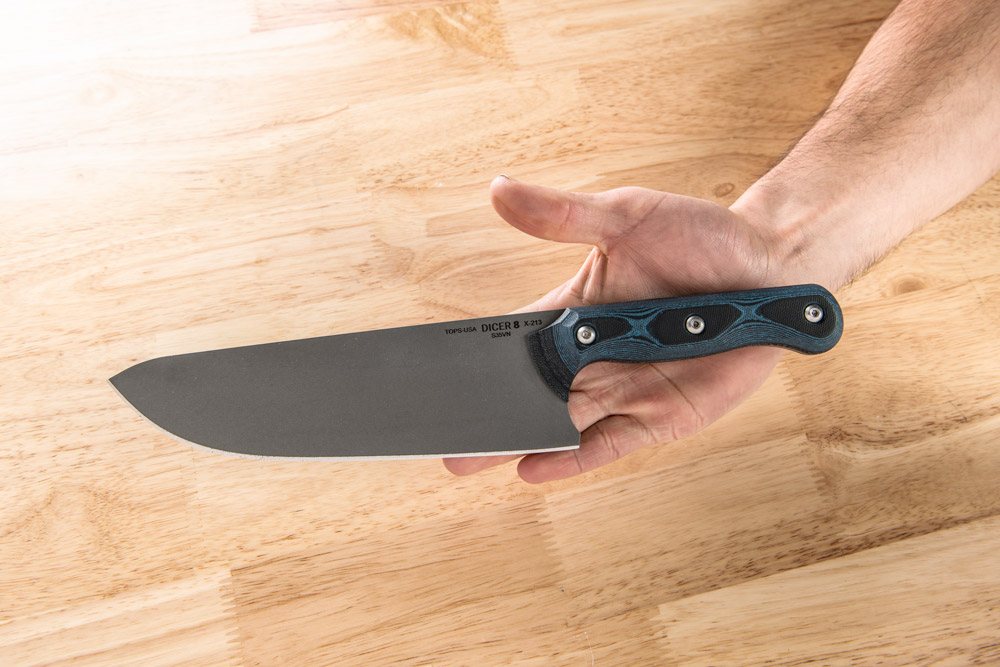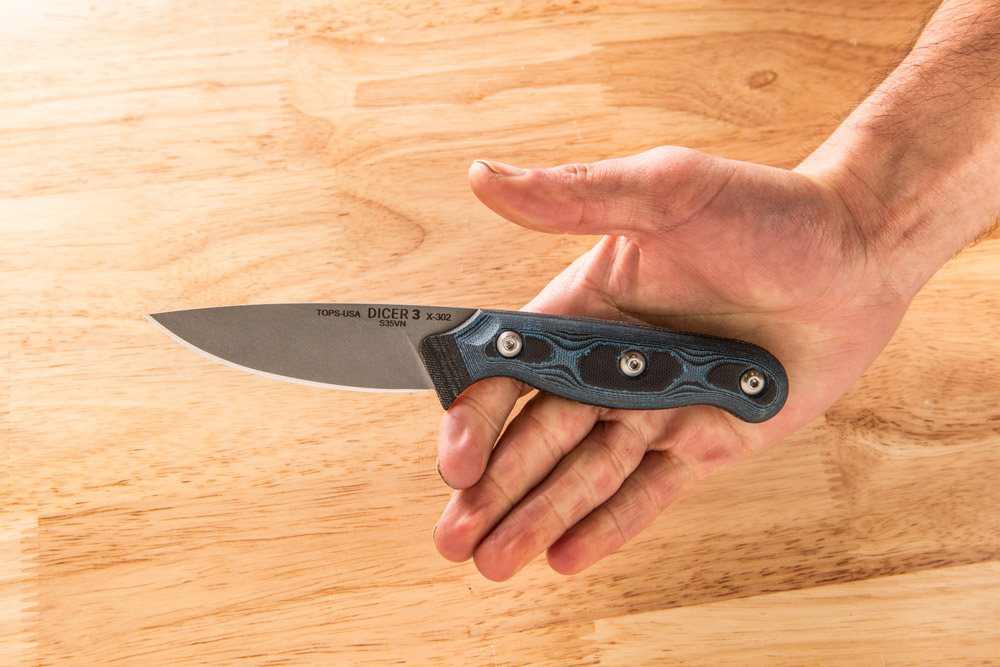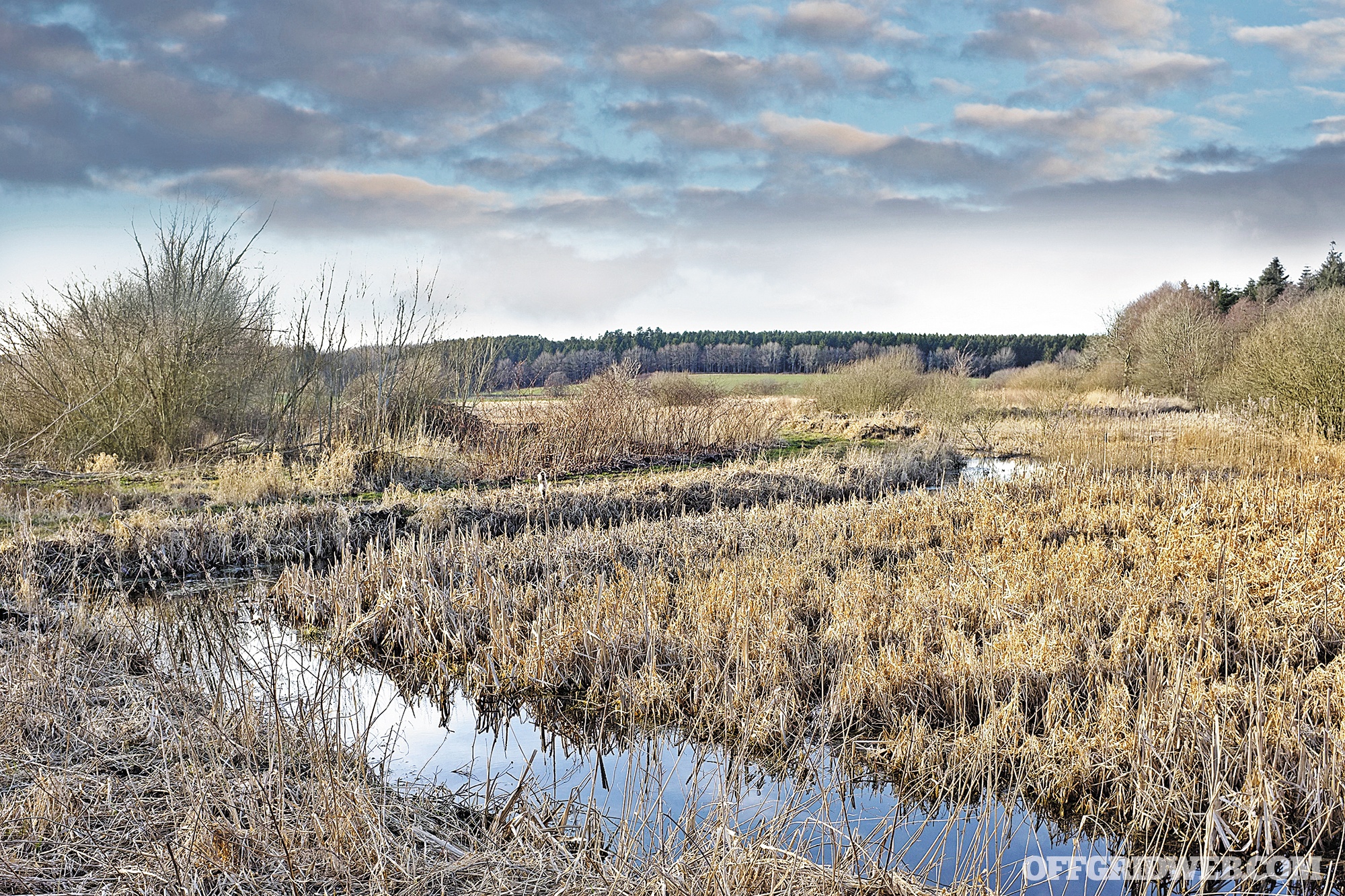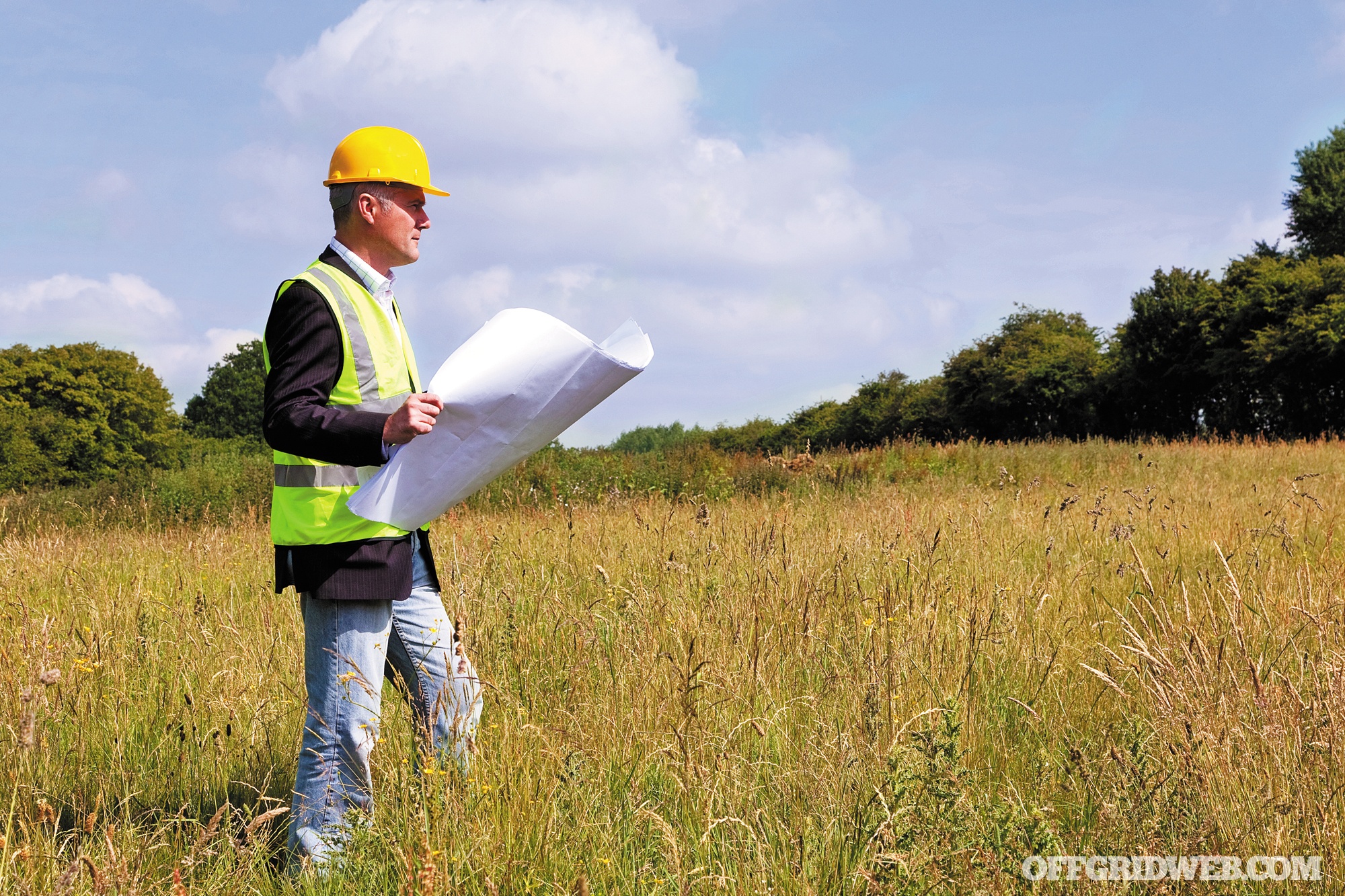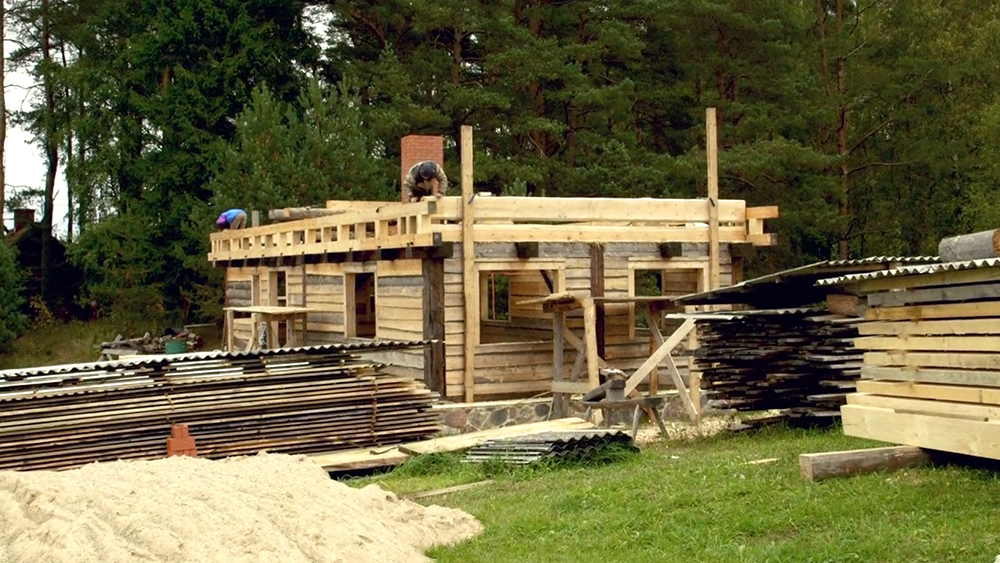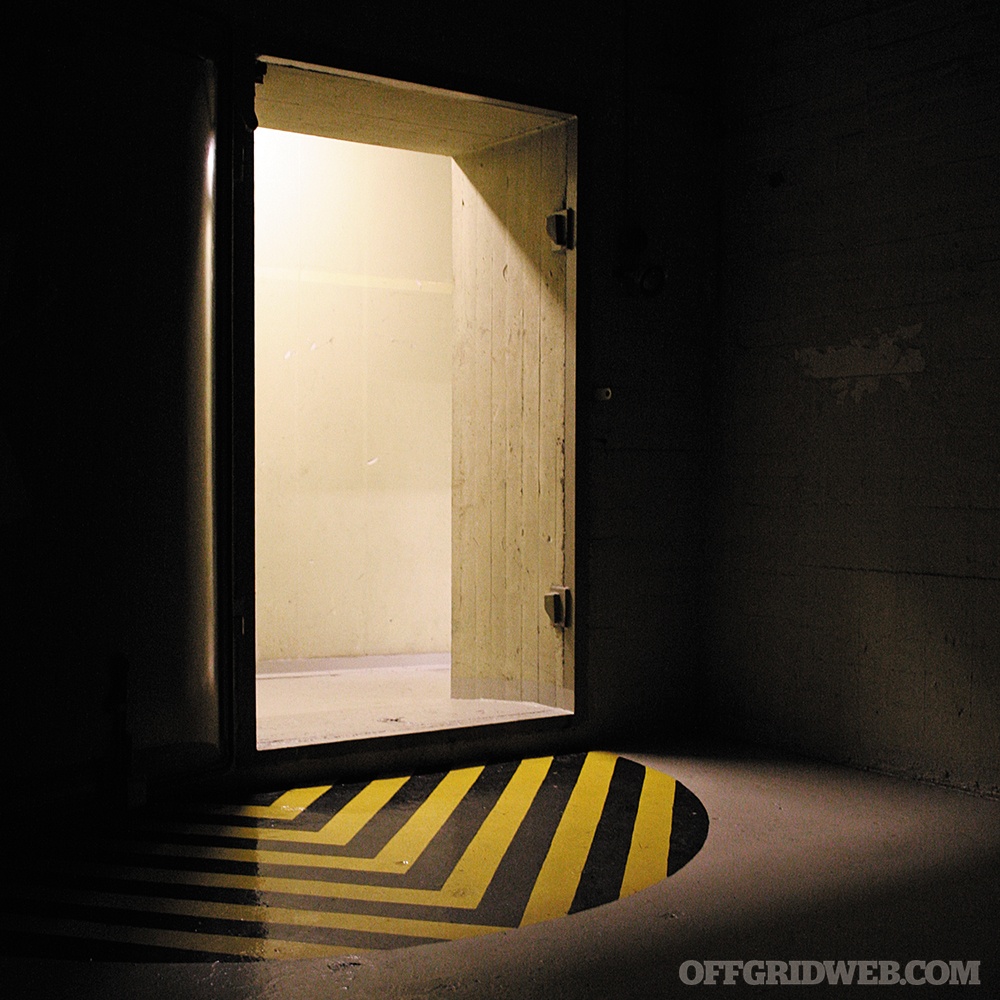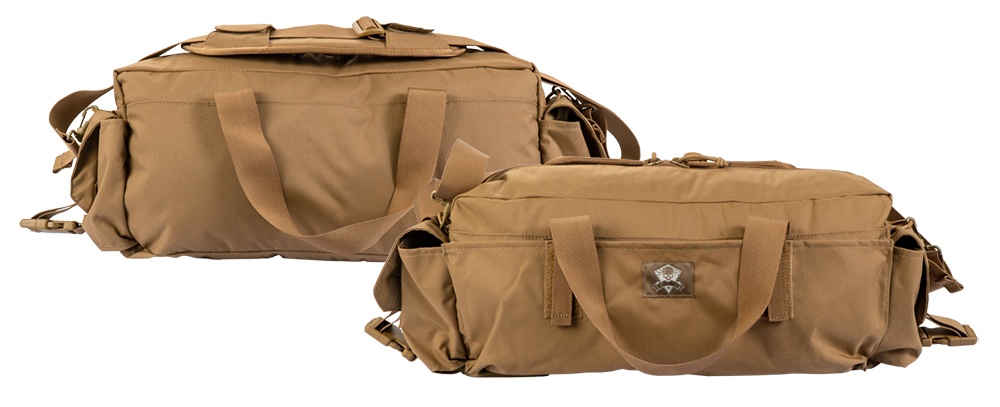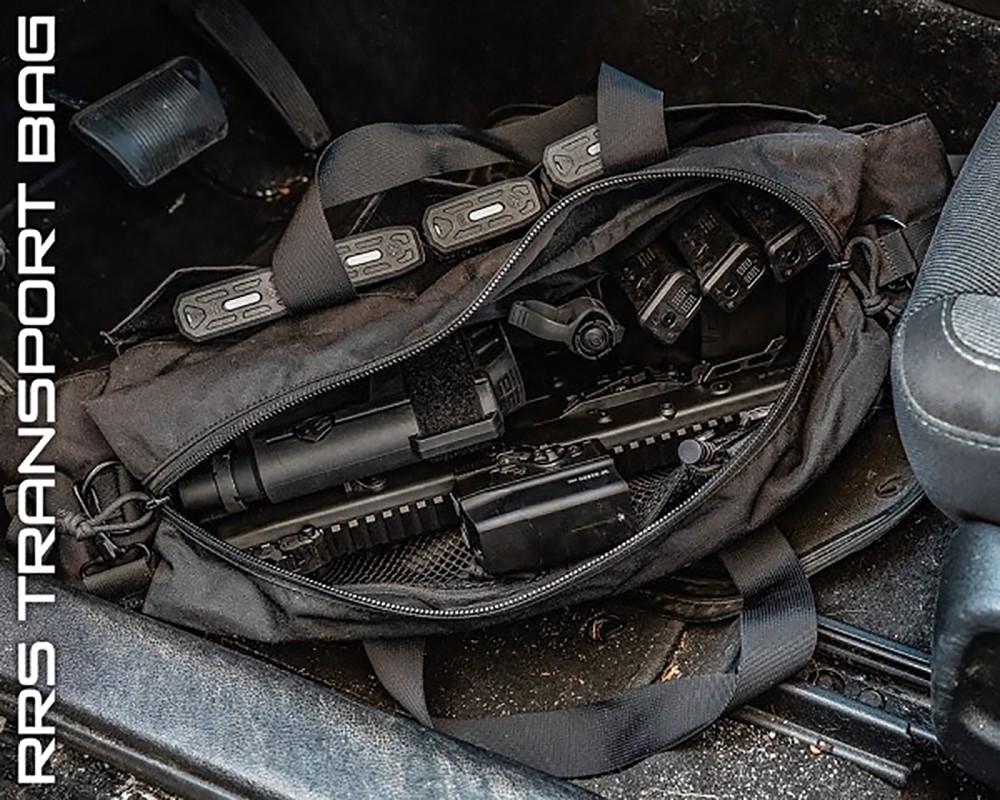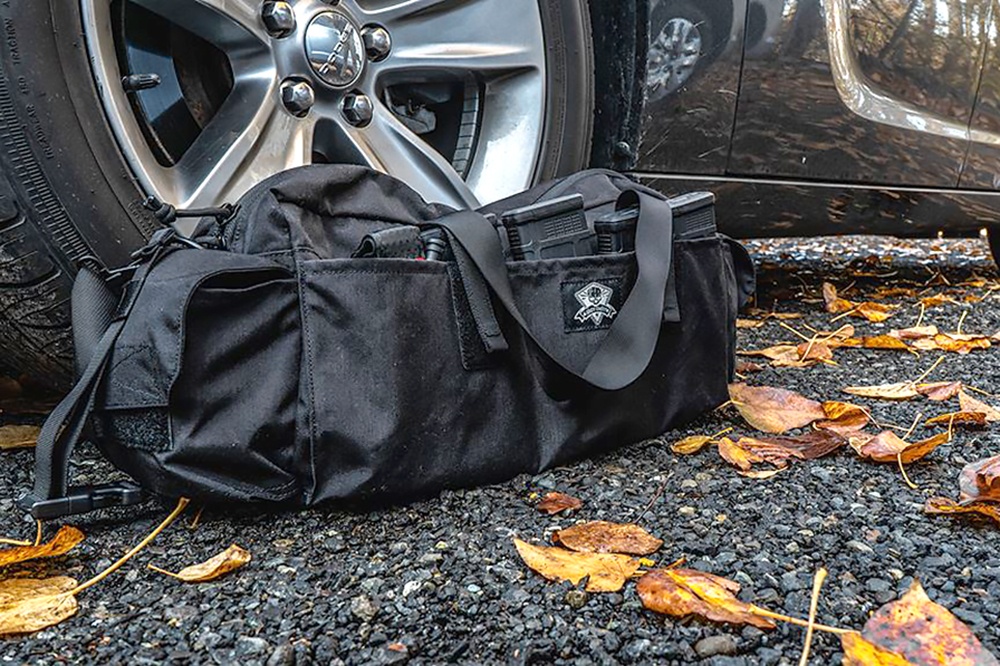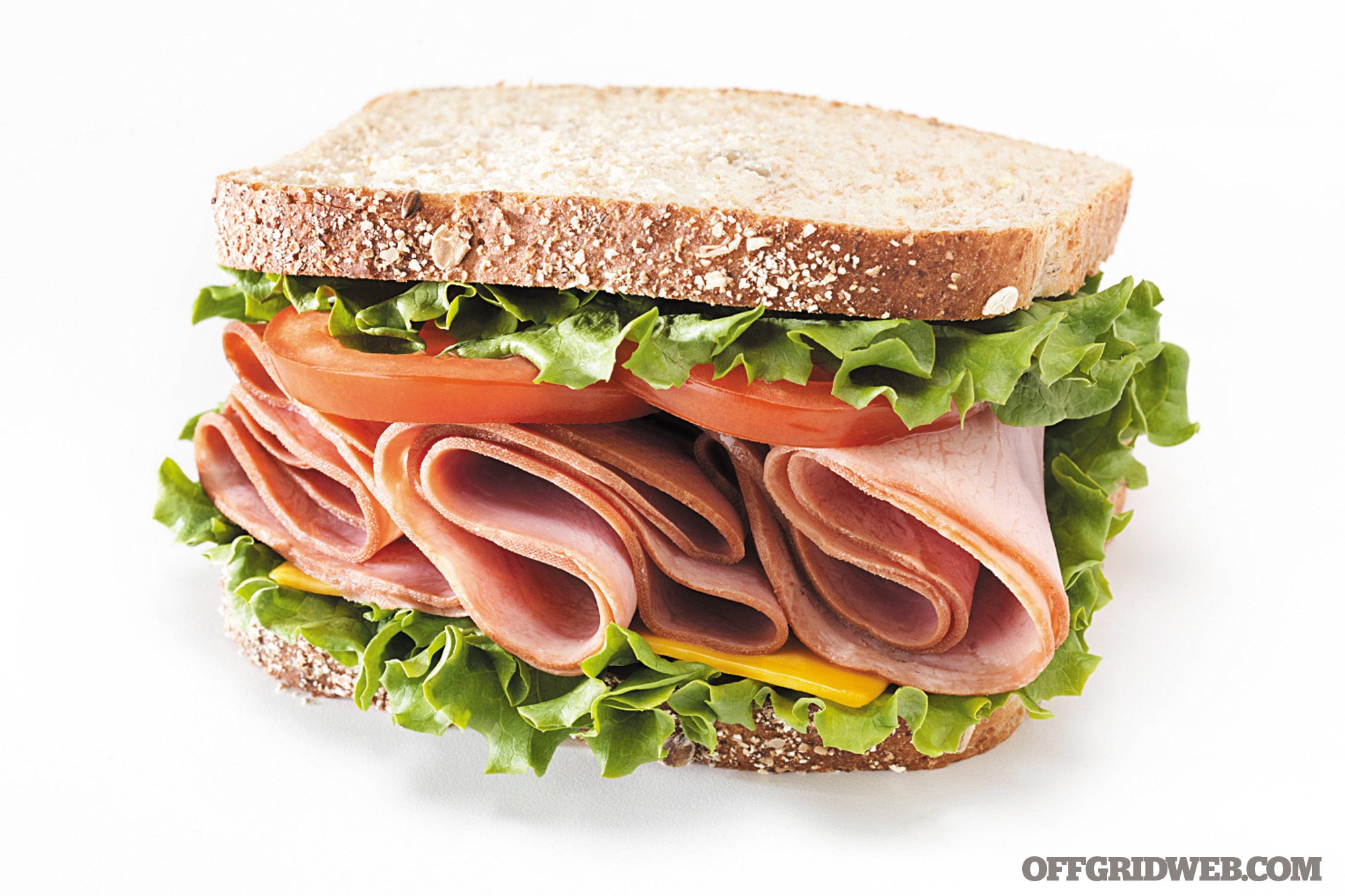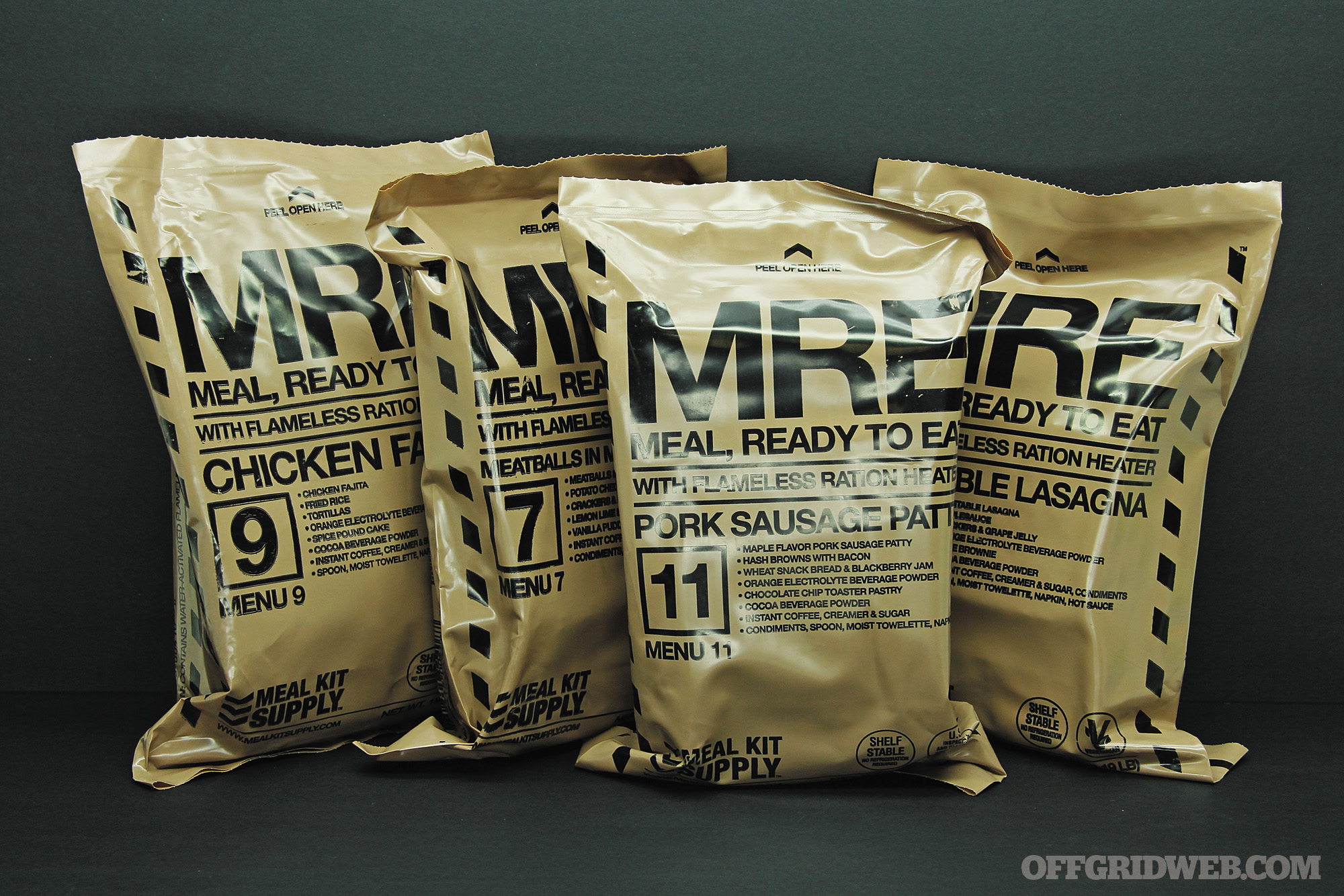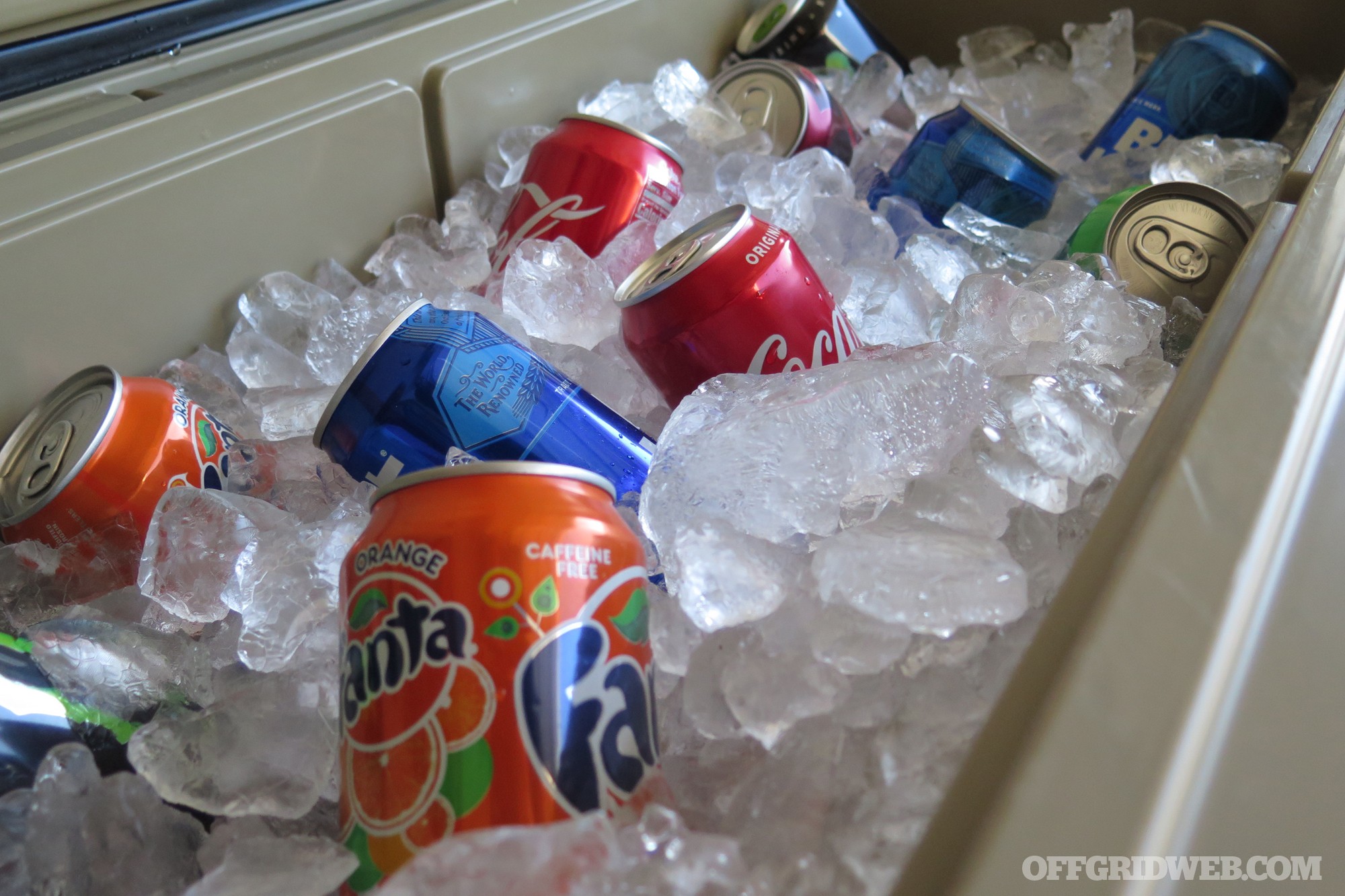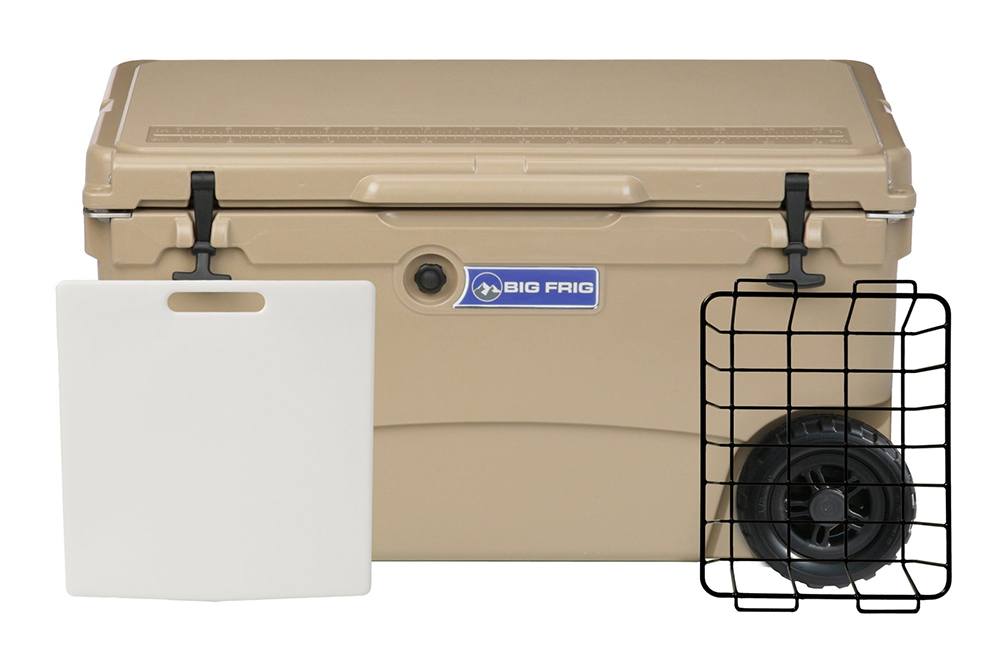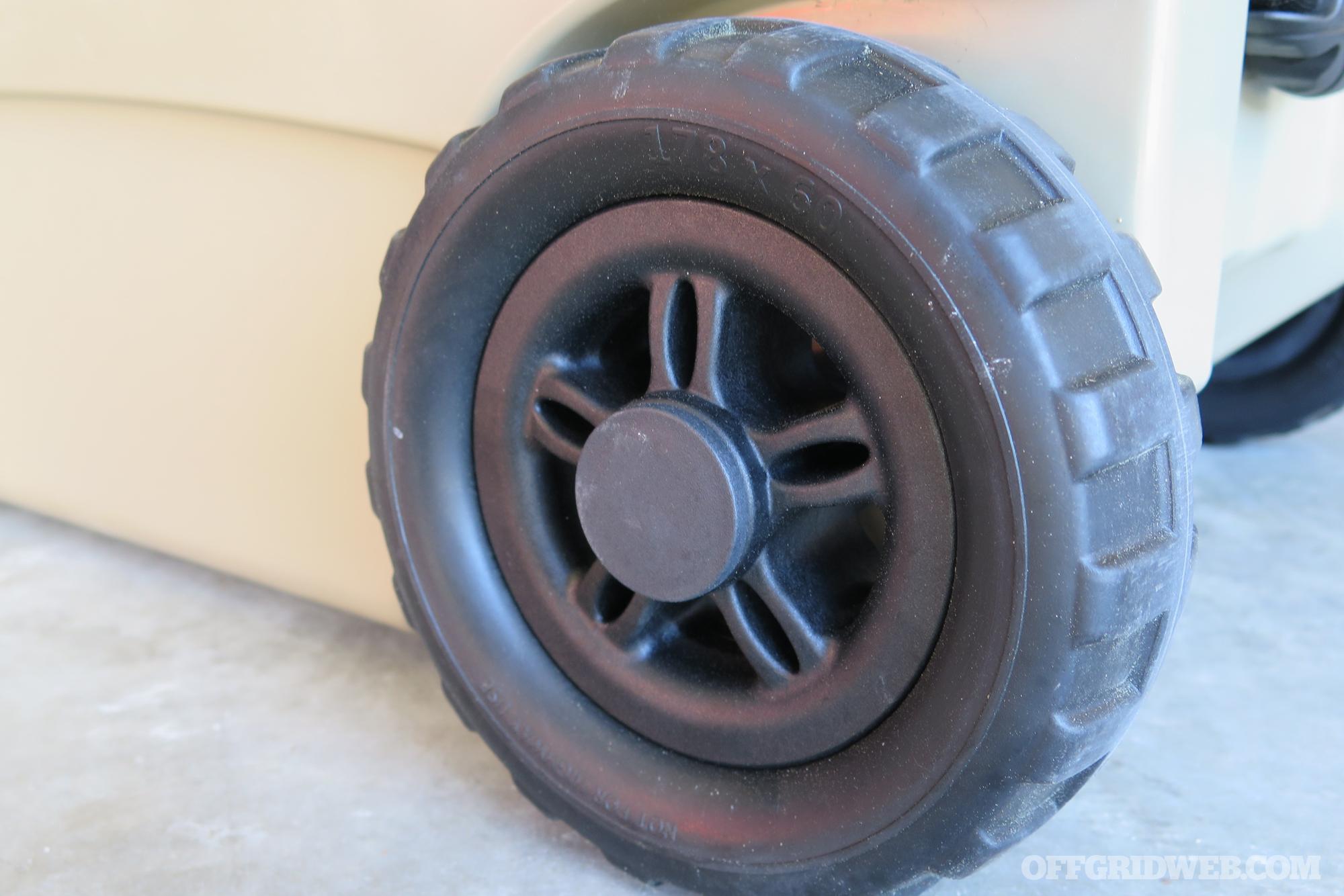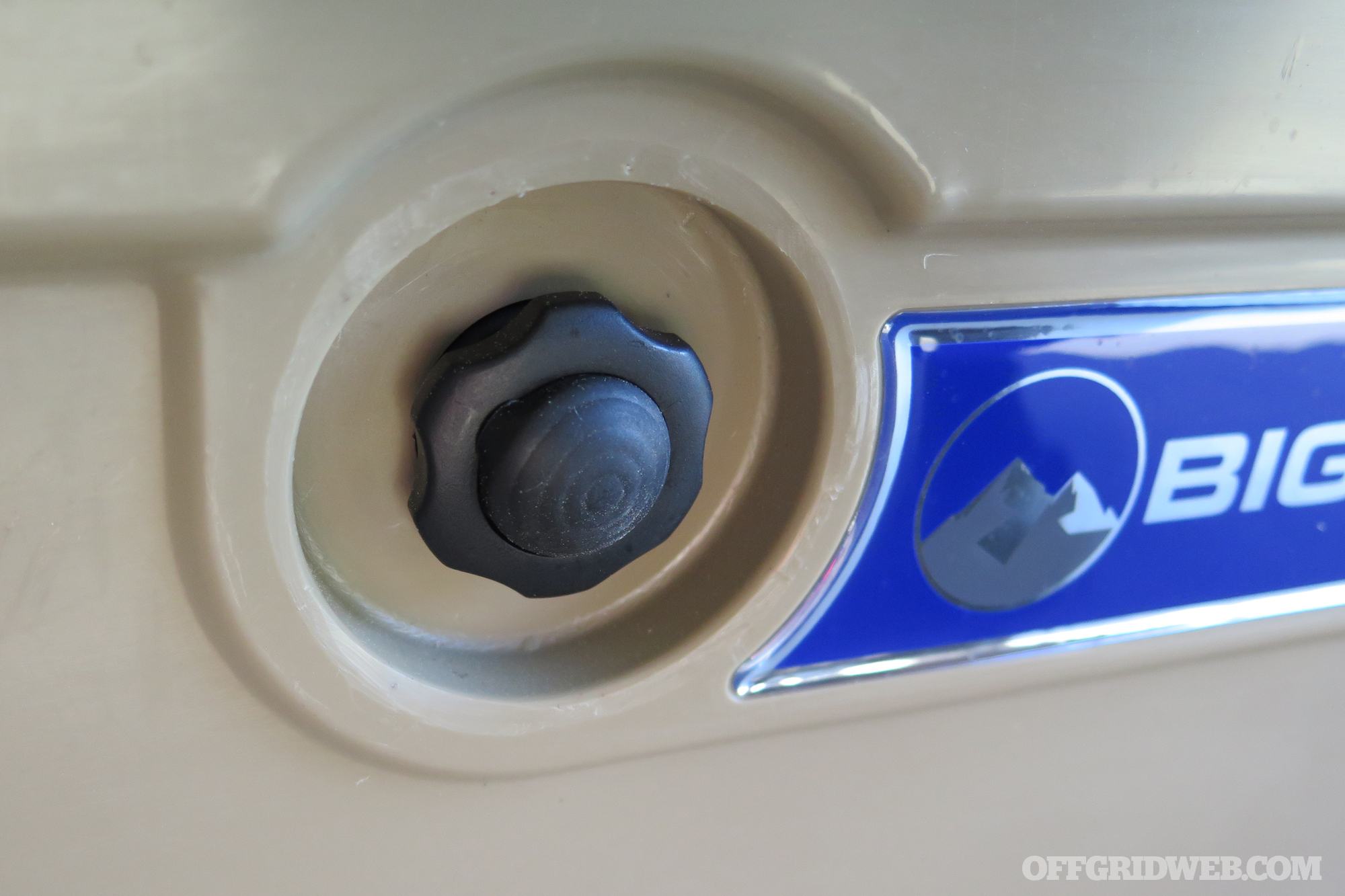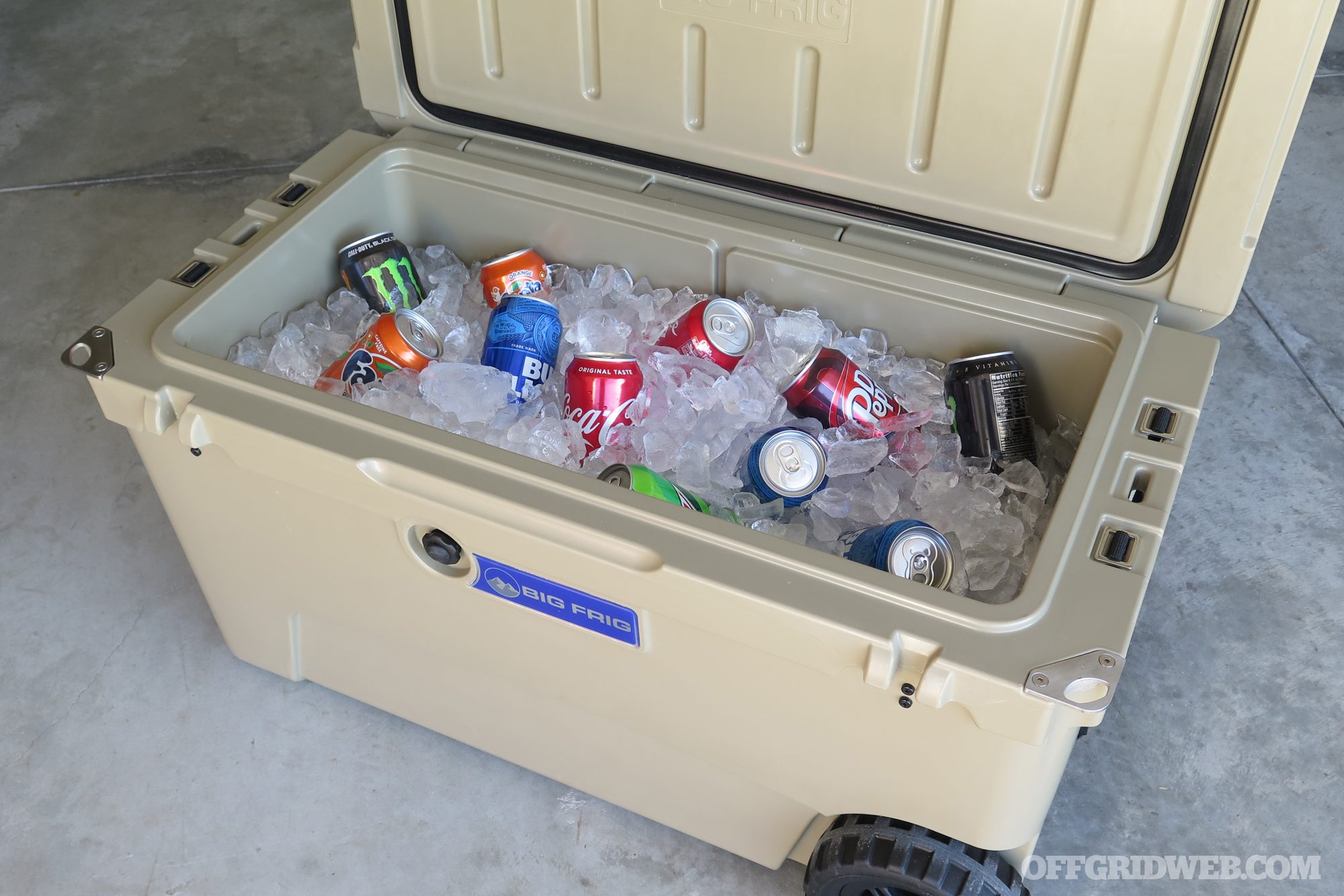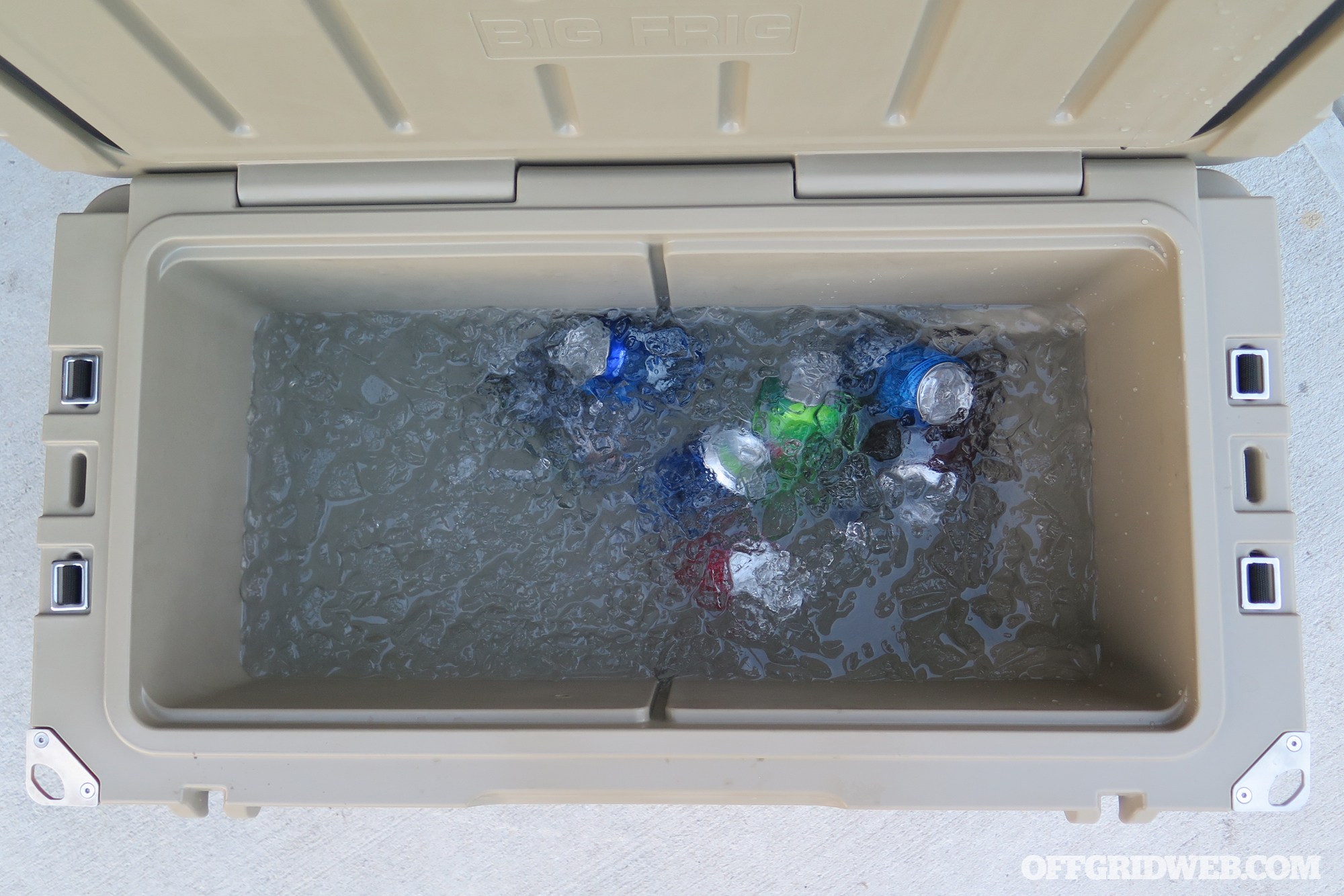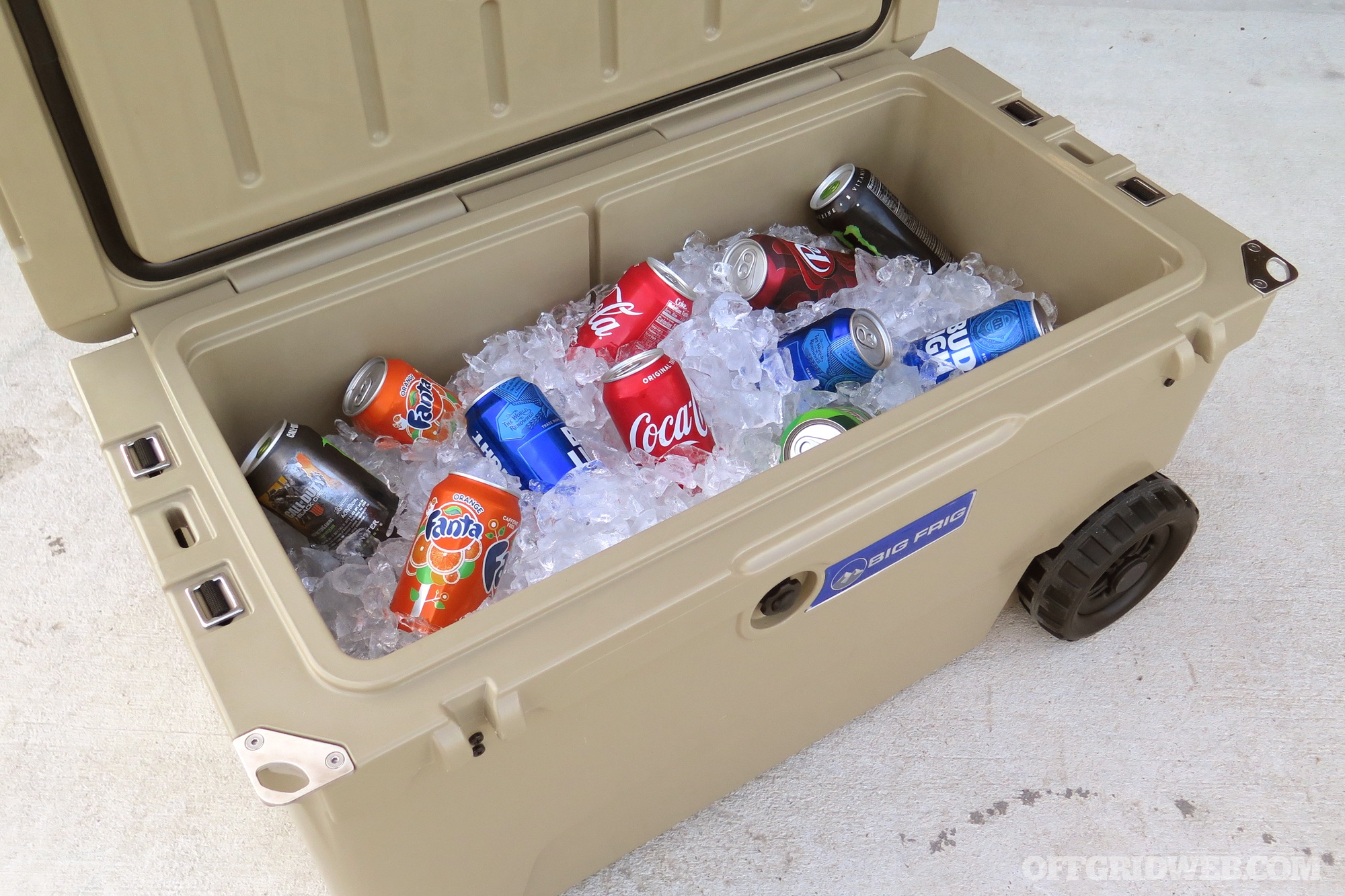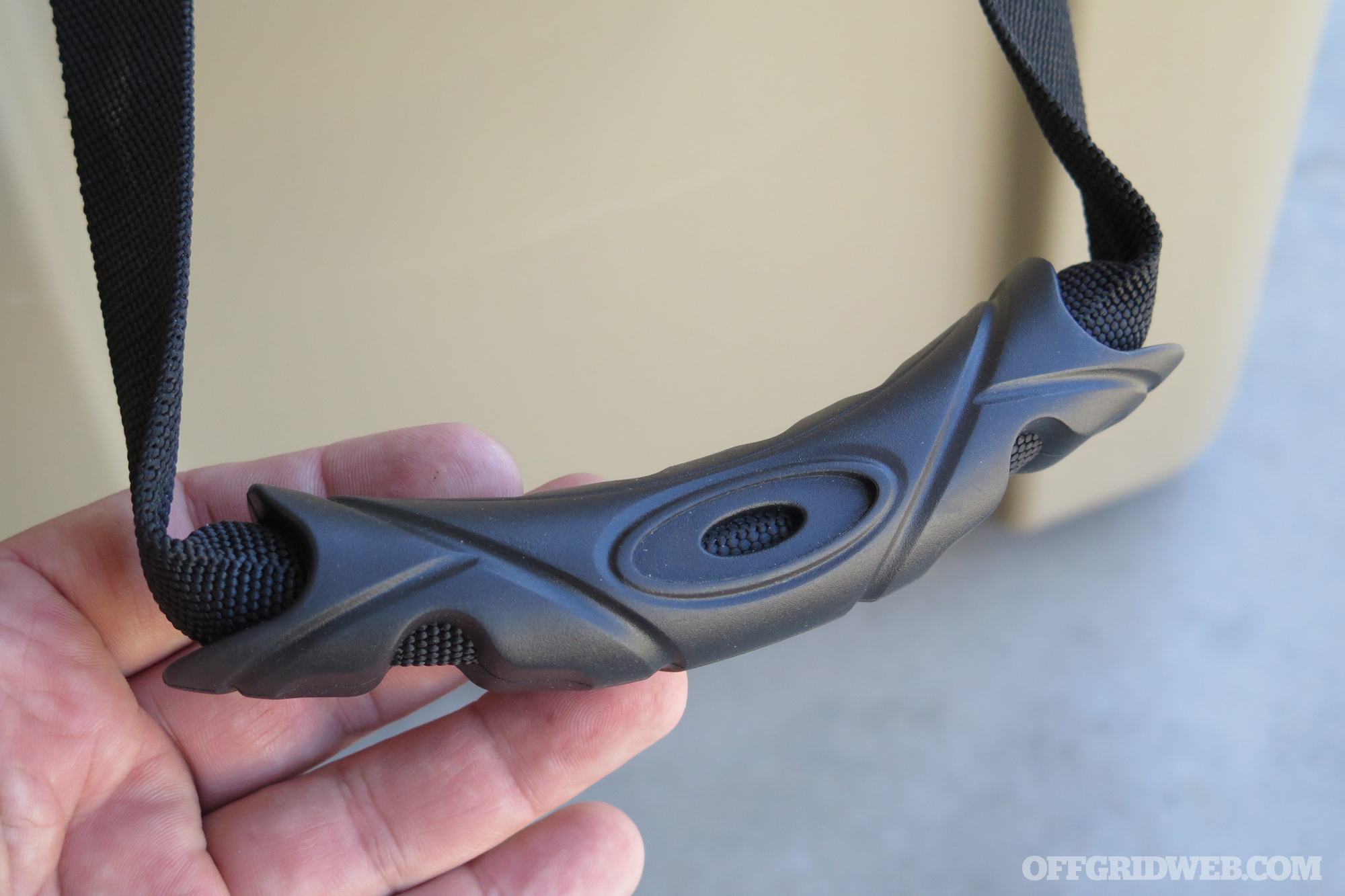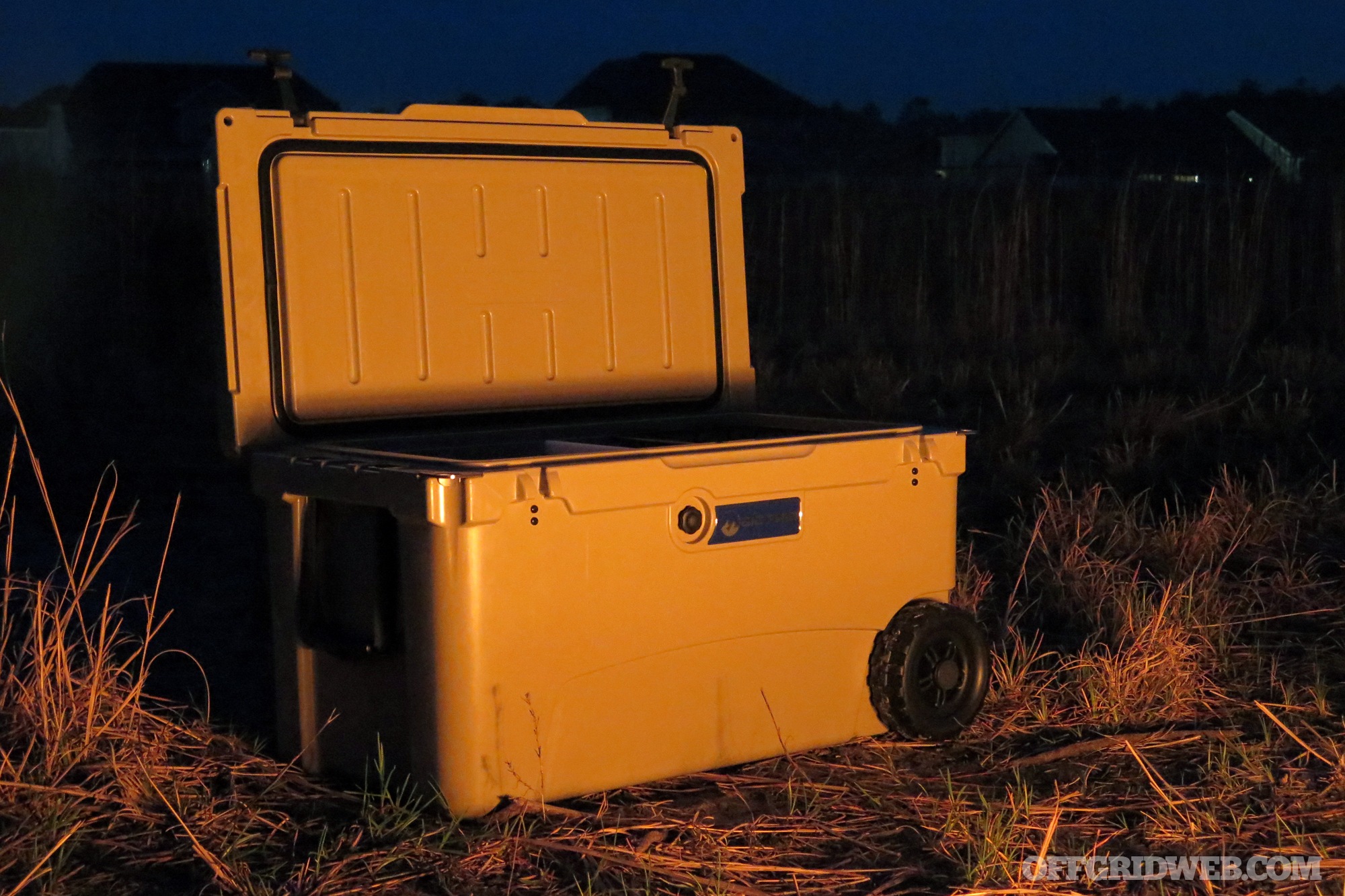This article originally appeared in Issue 4 of our magazine.
In our modern world, we’re constantly presented with new concepts and theories for survival, gear, and gadgets, as well as new terminology that seems to pair nicely with all your cool new stuff. From “rolling gear” and “BOBs” (bug-out bags) to “caching” at rendezvous points, all this survival lingo can get a bit convoluted. As you have undoubtedly heard and read from likeminded people, both online and even in this very magazine, there are many labels for particular situations as well.
But what are the differences among a “survival situation,” a “disaster situation,” and a “bug-out situation?” Potentially horrific events flood the airwaves, the Web, newspapers, and lunchtime conversations. But what does it all mean? Are all these situations the same?
It all sounds a bit confusing. So to help decipher these now commonly used terms, we’ll boil them down to a few major categories. Let’s take a look at the major topics in this world of survival and all things disastrous/apocalyptic/zombie/end-of-the-world.
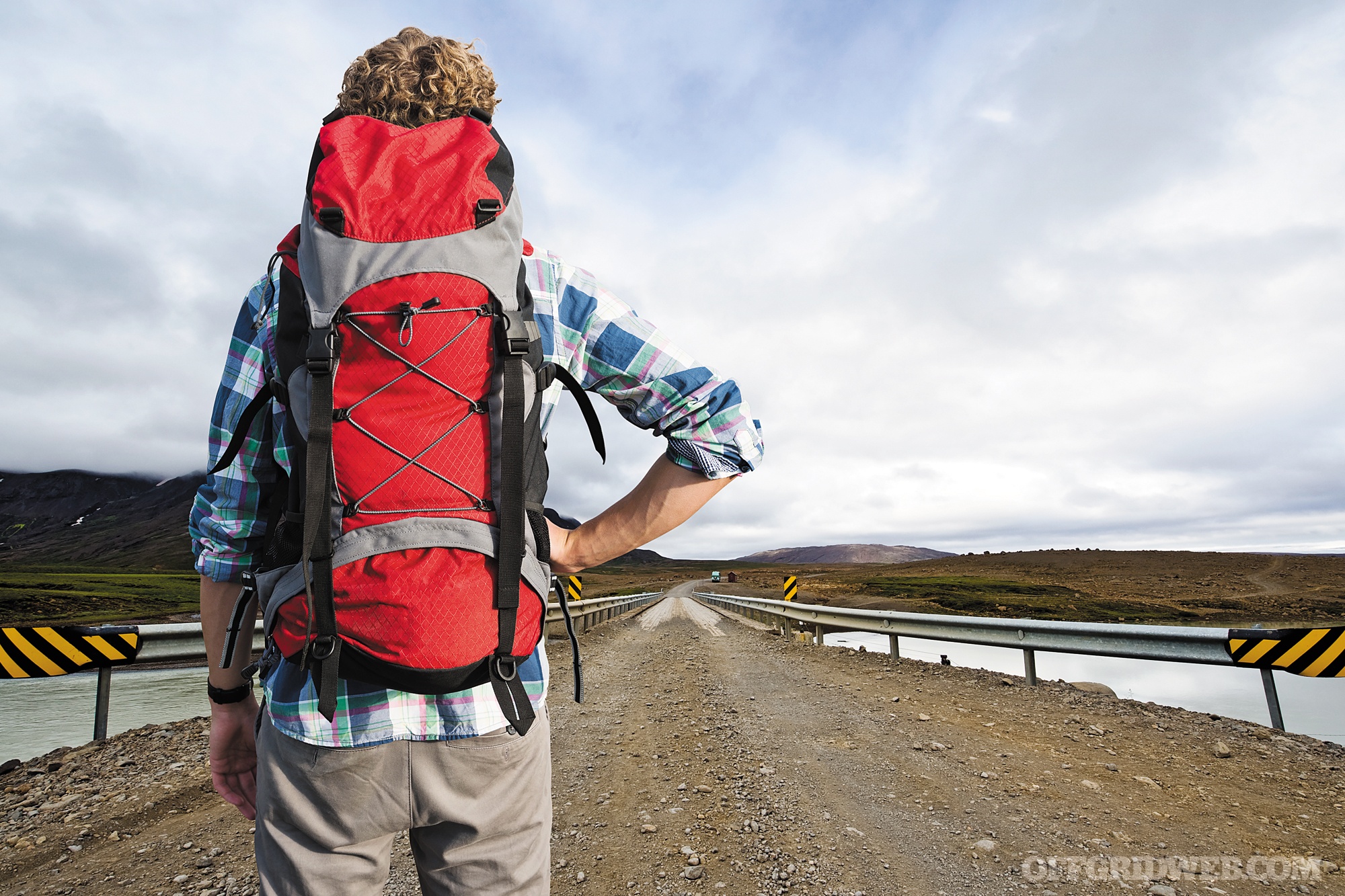
First, there is the known. What has happened on our planet thus far in history? Of what we know that has occurred, what incidents would be considered a threat? Big storms, earthquakes, acts of war, pandemics, forest fires, droughts, famine … sadly, the list can go on and on. Not to mention all the potential unknowns.
In the modern practice of prepping — we like to say, “being prepared is being responsible” — we have to define some basic scenarios and clarify the differences between them. There are three key scenarios that we need to understand and prepare for:
- Disaster Situation
- Survival Situation
- Bug-Out/In Situation
We must understand that these three can overlap one another — or one can turn into another at a moment’s notice. Depending on the particular scenario, and whether or not you have been a proactive planner, your position in a disaster situation may quickly turn into a bug-out situation. Then depending on your survival skills and available resources, it might remain at a manageable level or devolve into a survival situation.
Disaster Situation
“Disaster” or “natural disaster” are two of the most commonly used terms. But what should really be classified as a disaster? To generalize a bit, most of the time it is related to a localized disruption due to any number of reasons. Let’s examine natural disasters first.
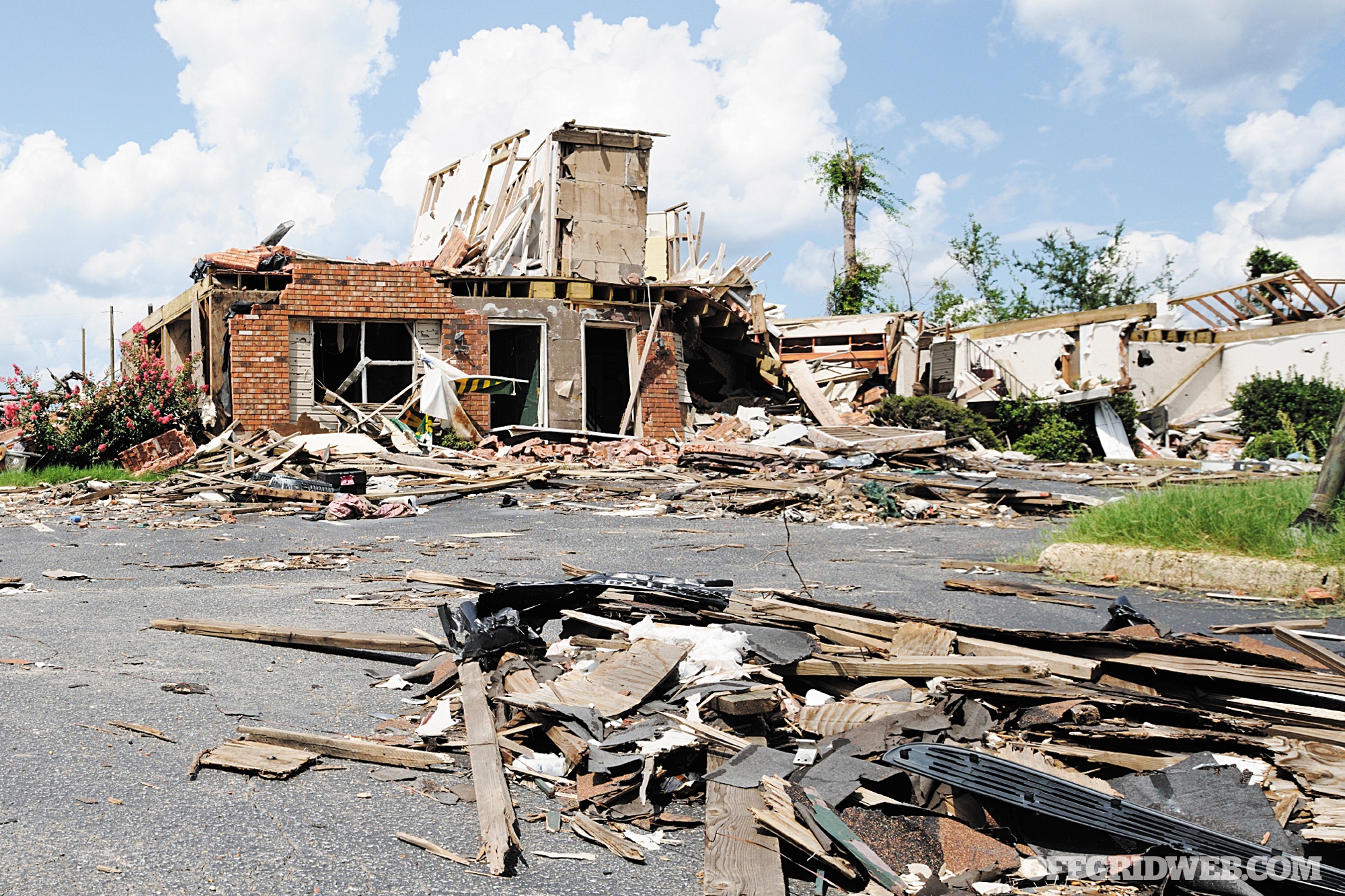
Natural disasters occur regularly all over the planet, and have besieged the human race throughout the ages — hurricanes, tornadoes, typhoons, and now super storms, blizzards, ice storms, heat waves, and droughts. These types of disasters can happen swiftly with very little warning, like a tornado. Earthquakes are a prime example of a natural disaster that can completely disrupt, destroy, and kill in an instant and without any warning at all. On the other hand, your local weather anchor might be warning you all week that a pending storm is on the way and that you should expect serious amounts of damage.
It is in this type of pending potential disaster that we can actually choose to “bug in” or “bug out.” The reality is that if you have an opportunity to leave in advance, choose not to, and then suddenly it turns out worse than anyone had expected, are you really equipped to deal with it? Or are you just placing yourself in harm’s way no matter how proactively you’ve prepared? Are you risking your life or other lives by choosing to stay? Before something like an approaching storm, you have the ability to leave the area. After the fact, it may be impossible to go anywhere due to massive damage and losses to the infrastructure in your area. This in turn affects the ability of emergency agencies to help you.
All this can happen if you choose to stay when you should have simply left — Super Storm Sandy, for example. We had plenty of warning, yet folks ended up dying in that storm. There was no reason for that to happen. So when it comes to storms and other forms of localized disasters, please use your best judgment — be rational and pragmatic.
Another type of disaster is, sadly, the man-made kind. These really piss me off. Think of all the oil spills, chemical leaks, preventable forest fires, nuclear catastrophes — the list seems endless. Though they may not always put your life in immediate danger, they are disastrous to all the animals in the region, to the waters we depend on, and to the world in general.
Survival Situation
In certain cases, a disaster situation can develop into a full-fledged survival situation. Think loss of the power grid due to a solar flare (see “Blackout Preparations” in the Summer 2013 issue of our magazine). How about the sinking of a cruise ship? A crashed plane?
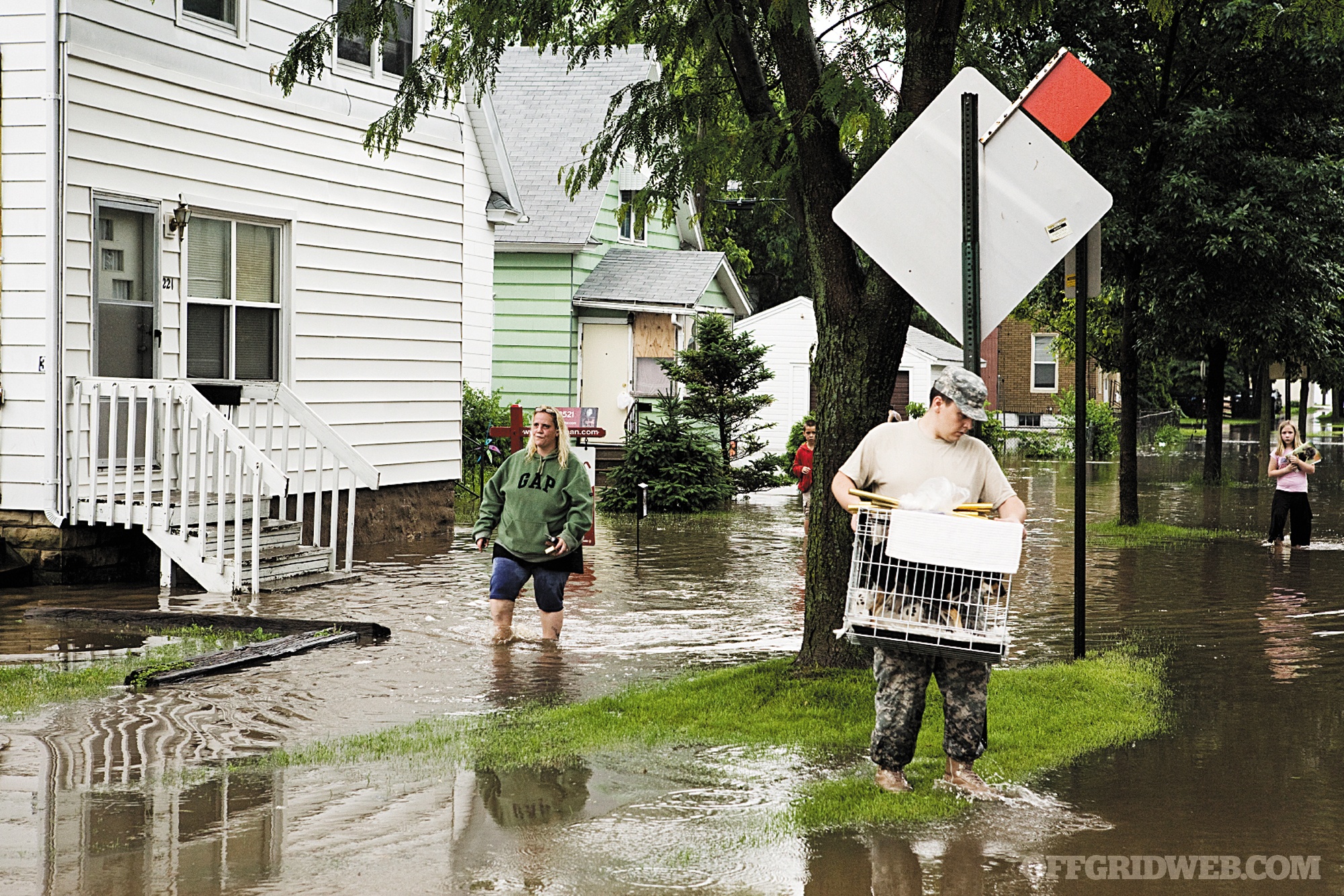
Or picture this: A huge storm hits your area, and you become trapped by raging flood waters. You are cut off from any outside help. What are your resources? What do you have with you? Who is with you? Do they have skills? What time of year is it? Is it safe to stay where you are or do you have to move? Many more questions should be asked. Survival situations can develop instantly or over a period of time.
In a major storm, for example, you may prep your home with extra food, water, pharmaceuticals, and any other personal provisions that your family may need. You’ve done your due diligence and have everything organized. You’re ready. Then the storm hits, and it’s a big one. Nervous, you sit and wait it out. It can go several ways — if you’re just dealing with the inconvenience of temporary power loss, hopefully you have what you need to last you until it returns.
But it might become so bad that your area is declared a disaster area. You might become completely stranded from any outside help whatsoever. Your house and all your carefully prepared supplies are now floating away in the huge flood that followed the storm. You now have to rely on your wits, skills, and available material resources.
Now, you need to follow the order of survival:
Step 1: Secure shelter
Step 2: Find water (or utilize appropriate filtration/purification)
Step 3: Build a fire
Step 4: Procure food
All the while, you need to keep in mind your safety and security. Perhaps you’re on a road trip in the middle of nowhere. Your car suddenly breaks down. Perhaps you simply forgot to stash supplies and gear in your own car, or you’re on a business trip in a rental car. You have just entered a potentially dangerous situation. The difference is whether or not you have skills that will mitigate your lack of gear.
Survival situations can also be so raw that you may only have what’s literally on your person at the time of the event or what you can find in the environment around you. This might not fit into your overall master plan of preparedness. But guess what? Tough! You have to make do with the situation and adapt.
Bug-Out Situation
What if the situation dictates that you must leave the area immediately? Bugging out is a method of action that can potentially save yourself and others. Understand that most Americans live in and around major cities — according to the last census, more than 70 percent of the U.S. population lives in areas with 50,000 people or more.

For example, you may need to bug out if your area has become too dangerous to be in or has been simply cut off from any and all support. Making a decision on whether or not you should leave is something that you alone will need to determine. Sometimes you may have to make that determination within moments of a particular event.
When it comes to actually bugging out, your preplanning comes into play. How far and how fast do you need to travel? How well are you practiced? How heavy is your BOB? What is inside your bag? Have you ever tried to walk for more than 5 miles with it fully loaded on your back? Did you even have the time to grab it? If not, we hope that you and your loved ones, friends, and coworkers know how to survive without your go-bags. Remember, a BOB is something that essentially represents what we know and what we don’t know. In other words, are you so dependent on the bag and its contents to save yourself? If you can’t survive without it, then what are you missing?
When discussing bugging out, many folks often focus on their bags. But there are so many factors that can influence your response and that you should consider in advance.
A bug-out response should be part of your overall emergency action plan. (See “Bug Out 101” in the Summer 2013 issue of our magazine.) It should be preplanned with rendezvous points, communication options, and predetermined paths of travel, as well as safety and security. There is much to consider in creating a bug-out plan. And all of these skills can be learned.
The More You Know
We have heard many folks in our programs talk about these various factors and how they impact their survival plans. When addressing these three different types of situations, it becomes clear how easily one can overlap or transition into another.
The first step is to build your foundation. So, start with the basic explanations in this article and understand the fundamental differences between these types of situations. As we have mentioned in past articles, honestly assess your own skills and abilities and start applying those skill sets to your overall plan. We can plan until the cows come home, but none of it matters unless you practice.
Then take it upon yourself to learn more and further your knowledge and experience base. Take notes from world disasters throughout history, from local disasters, and from individuals recounting their own personal survival stories.
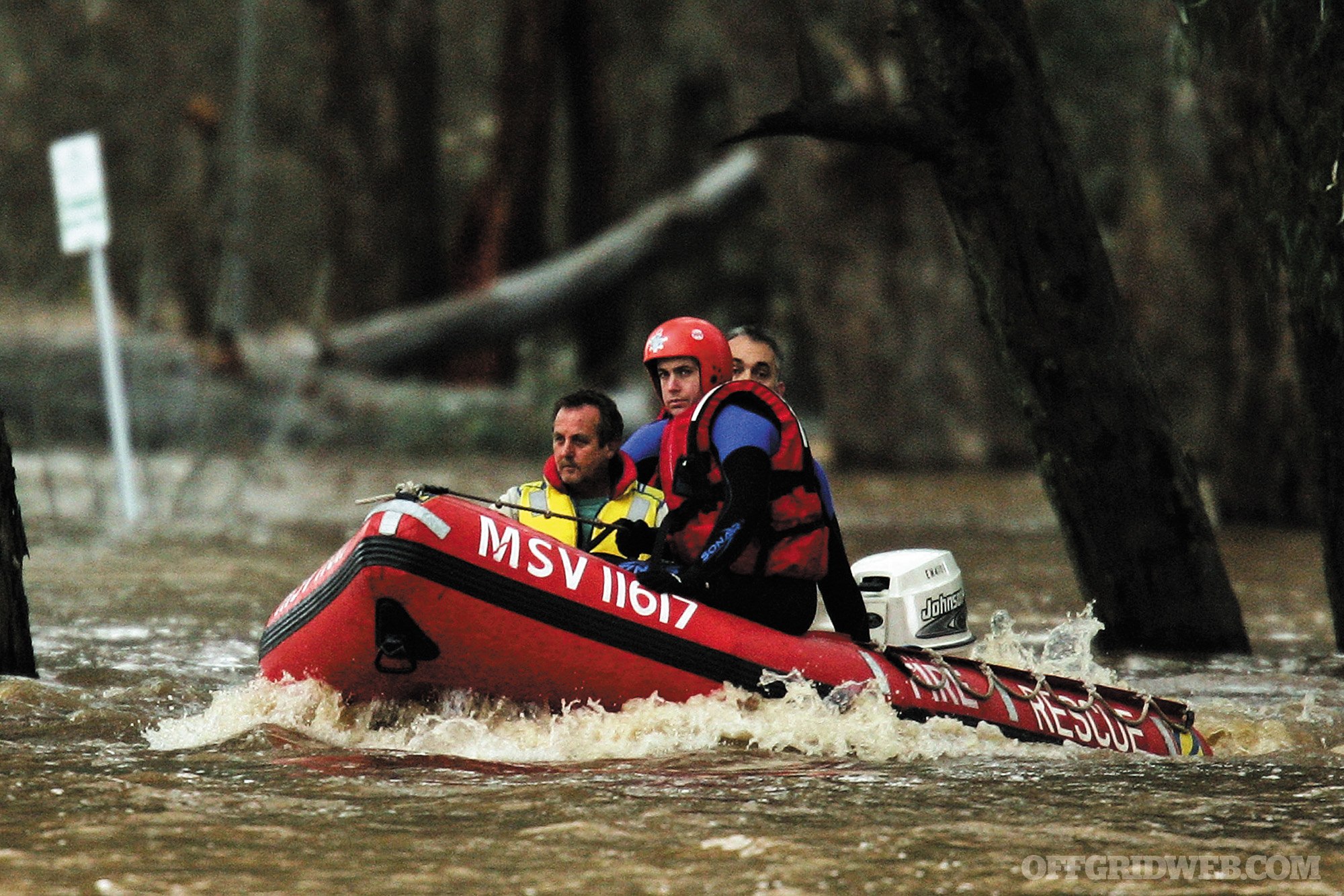
As we have learned in the past, no matter the scenario — whether a disaster, survival, or bug-out situation — it’s a matter of clearly recognizing what truly lies before you and acting accordingly. The more skills you possess, the more risk factors that you can mitigate. Think about the skill sets that require no gear and make sure you have them covered. For instance, learn basic first-aid and CPR — these skills are invaluable and give you the ability to help not just yourself, but others as well. Find a school near you that offers primitive and urban survival skills. Skills always remain with you, even if all you have is the shirt on your back.
As you move forward in becoming more self-sufficient, you will develop a greater appreciation of your own potential. And you will begin to realize that you are more and more equipped to handle any of these types of scenarios.
Stay in the now, be present. This will help you recognize the subtle changes that occur during times like these. Train hard and share with others.
About the Author
Shane Hobel, also known as “White Feather,” is the founder and head instructor of Mountain Scout Survival School, based in New York. He’s been featured on numerous TV networks, including FOX News, History, National Geographic, and NBC. Specializing in wilderness primitive skills and urban emergency preparedness (among other programs), his company is the only one allowed to teach in the middle of Manhattan’s Central Park and was named one of the top 12 survival schools in the country by USA Today. Also, Hobel is one of five elite members of the Tracker Search and Forensic Investigation Team, which is called upon to track and find fugitives, lost children, hunters, and hikers. www.mtnscoutsurvival.com


